




iii
The 156th Session of the Kentucky Annual Conference (KYC)
September 19-24, 2023
E.Anne Henning Byfield
Presiding Bishop
Ainsley Mark Byfield
WMS Supervisor
Sons of Allen Supervisor
Host Church
Historic St. Paul AME Church
251 North Upper St.
Lexington, KY 40507
Rev. Dr. Robert Strode, Pastor
Rev. Kenneth J. Golphin, Host Presiding Elder
LEXINGTON DISTRICT (LXD)
Rev. Walter W. Reid, Associate Host Presiding Elder
LOUISVILLE DISTRICT (LVD)
Preachers/Presenters
Opening Worship (Wednesday Evening) Rev. LaVeeshia Pryor
LAY Witness Worship (Thursday Evening) Rev. Sherry Gay-Green
Friday Hour of Power (WIM) Rev. Doretha Sanders
Friday Evening Worship (Sons of Allen) Rep. Derrick Graham
Memorial/Re�rement/Ordina�on Bishop Reginald T. Jackson
Commissioning Service Bishop E. Anne Henning Byfield

1.
Thirteenth Episcopal District
African Methodist Episcopal Church 900 13th Avenue South Nashville, Tennessee 37212
THINK BIG TOGETHER FOR OUR ZION’S FUTURE IS NOW.
To: Dr. Robert Strode, Sister Shell Strode, the members of St. Paul AME Church and the 156th Session of the Kentucky Annual Conference.
The Annual Conference is an exciting part of the church’s life. From the initial sessions under Bishop Richard Allen until now, there is a heightened level of excitement, worship, wonder, and amazement. It is my hope that this conference will continue to inform and inspire. We pray for fresh fire to saturate every member, minister, local church, presiding elder district, and each annual conference. Let us let the Holy Spirit move us beyond our comfort zones of traditionalism and receive a spiritual transformation. Our theme for the 2023-24 Annual Conference Year is " THINK BIG TOGETHER FOR OUR ZION’S FUTURE IS NOW.”
Supervisor Ainsley and I give thanks for you, and for the dedicated service, and gifts you bring to the reigndom of God, the African Methodist Episcopal Church, and to the state of Kentucky. You have blessed our lives and demonstrated an unfailing love and faithfulness to our Triune God and the Church. We salute Presiding Elder Kenneth Golphin, Rev. Robert Strode, Sis. Shelby Strode, and the members of St. Paul in hosting this Annual Conference.
Let God’s praises go forth with this declaration, how great is Our God!
An Unleasher in Christ
E.Anne Henning Byfield
Bishop E. Anne Henning Byfield
Presiding Bishop
13th Episcopal District
African Methodist Episcopal Church
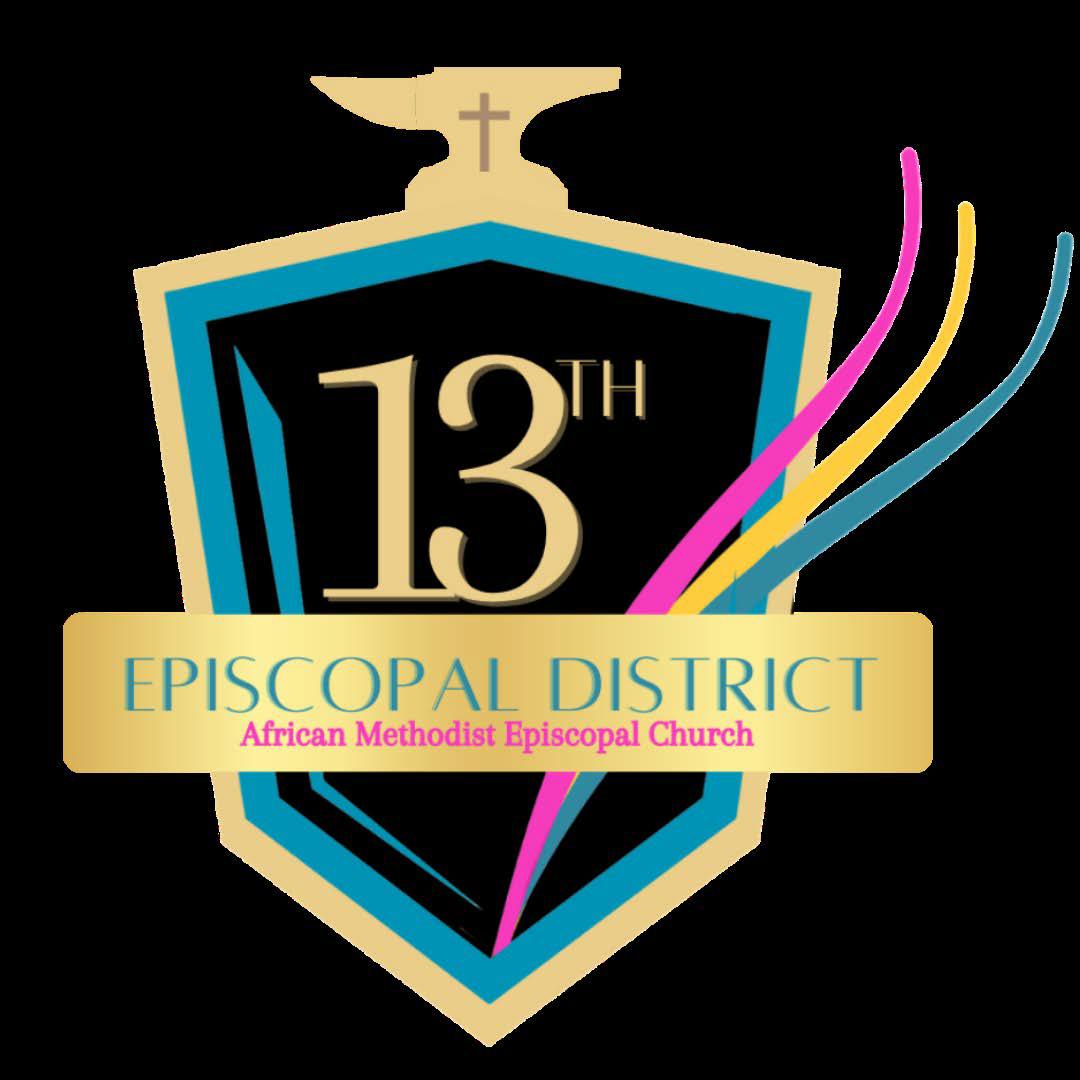
Annual Conferences
Tennessee, Kentucky, Tennessee, West Tennessee
13th
East
www.13thdistrictame.org, office@ame13.org, The
District AME Church (FB)
. 2.2.
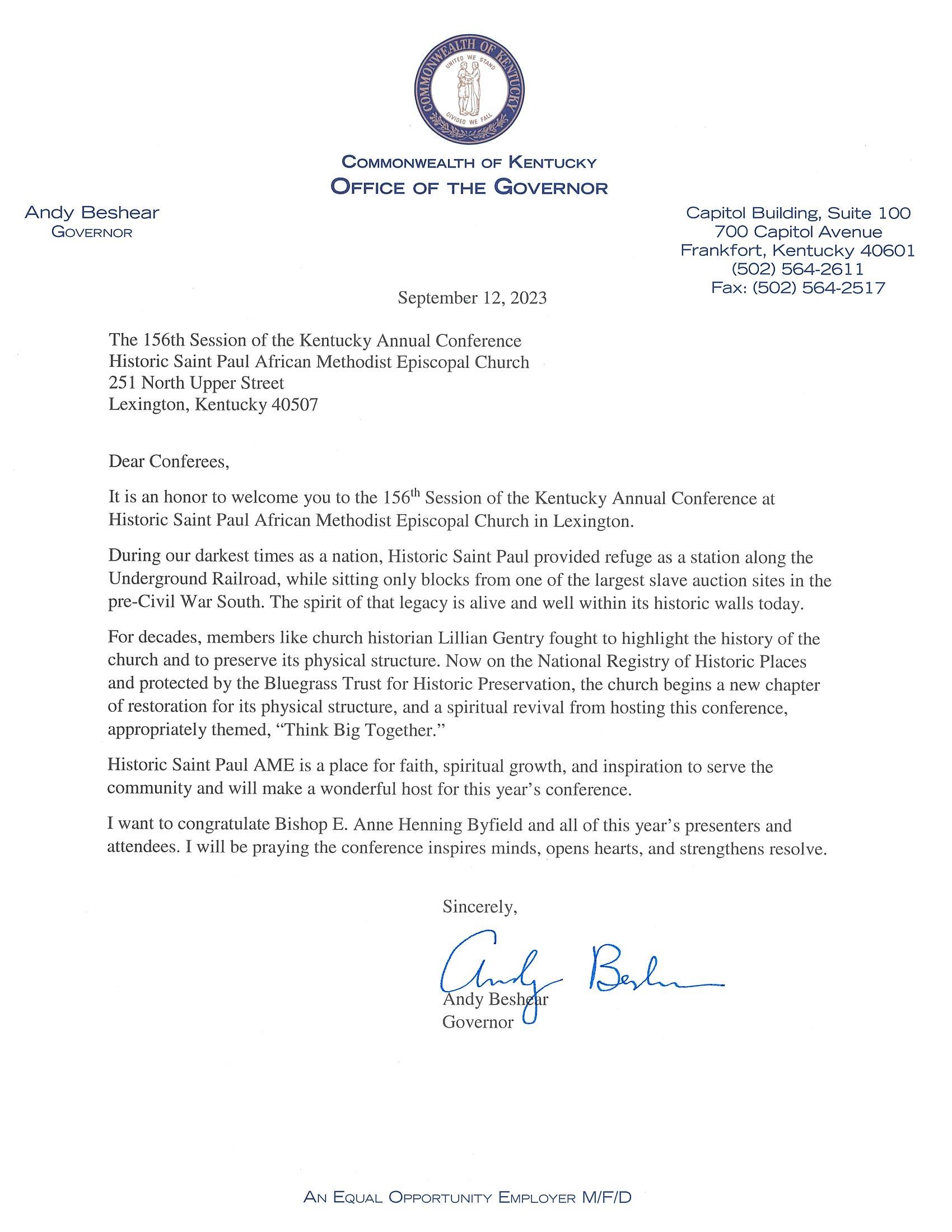
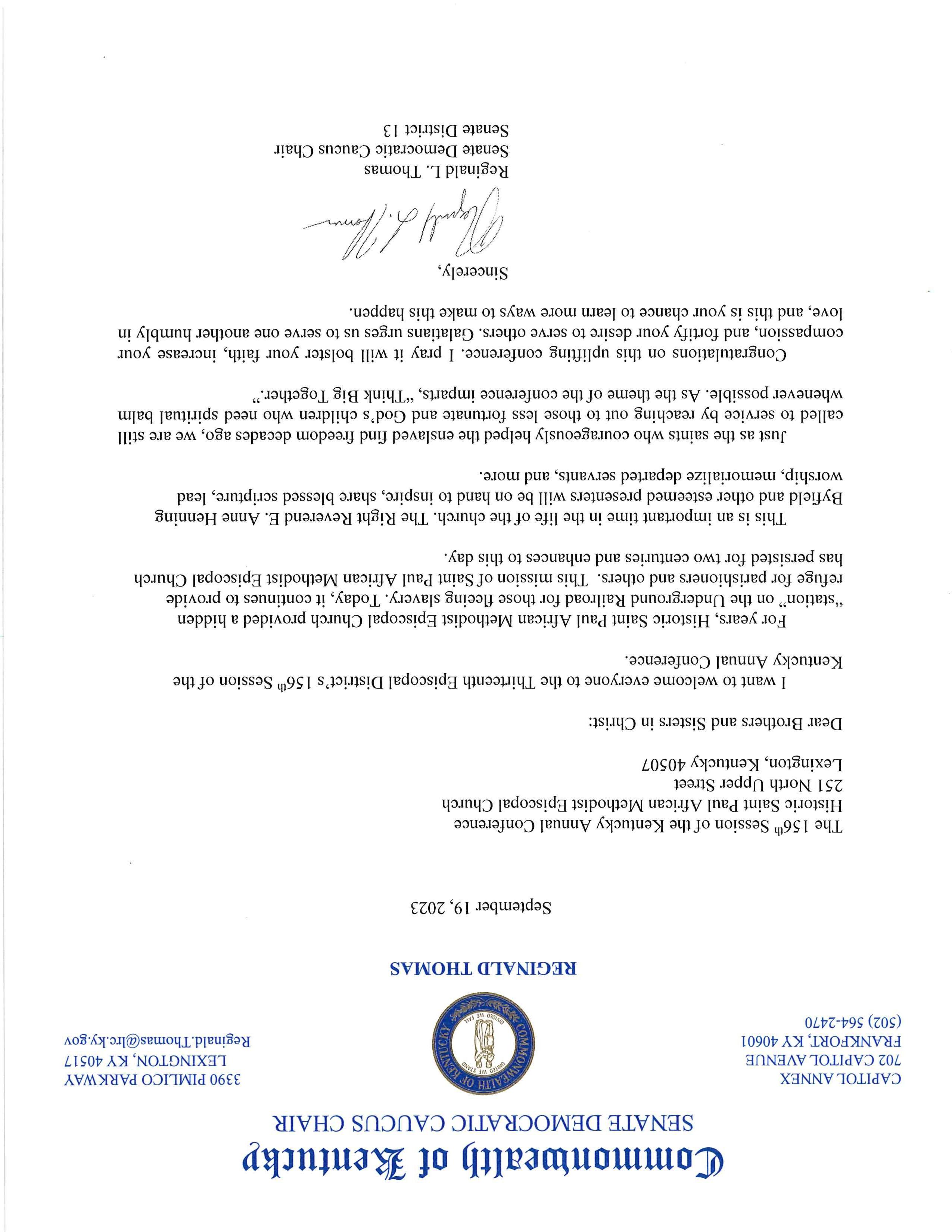
4
September 12, 2023
George a. brown jr.
77th Legislative District

Distinguished Friends and Guests,
Please let me welcome you to the Historic Saint Paul African Methodist Episcopal Church in Lexington! We have been given the honor to hold the 156th Session of the Kentucky Annual Conference of the AME, 13th Episcopal District. The Lord’s sprit is more alive than ever as we celebrate with the Right Reverend E. Anne Henning Byfield as the Presiding Prelate. It is my sincere hope that we will all benefit from participating in this conference. The possibilities are endless!
This conference is a wonderful occasion where we can come together and have great learning and fellowship. The people of the Saint Paul AME Church are excited to host so many brothers and sisters from around the nation! Let us use this time together to share our faith and our rich histories. I hope you will enjoy your time in the Bluegrass Region and that it will bless your lives.
Peace and Blessings,
 George Brown Jr.
Chair, Kentucky Black Legislative Caucus State Representative, District 77
George Brown Jr.
Chair, Kentucky Black Legislative Caucus State Representative, District 77
GBJ/lp
State Capitol Annex 702 Capital Avenue Suite 429 Frankfort, Kentucky 40601 Office: 502-564-8100 Ext 59321 Message Line: 800-372-7187
george.brown@lrc.ky.gov
E-mail:
5.
Linda Gorton Mayor
September, 2023
Hello everyone,






It is my pleasure to welcome you to the 156th Session of the Kentucky Annual Conference of the African Methodist Episcopal Church, 13th Episcopal District.
Our Historic Saint Paul African Methodist Episcopal Church is serving as this year’s conference host, with Reverend E. Anne Henning Byfield as the Presiding Prelate. We are proud to be home to St. Paul, which has served our city through faithful leadership for over 100 years.
If you are coming from out of town, I welcome you to Lexington. While you’re here I encourage you to take in our historic downtown, beautiful countryside, and everything that makes us proud to call Lexington home.
Thank you for being here. Enjoy your time in Lexington!
Sincerely,
Linda Gorton Mayor
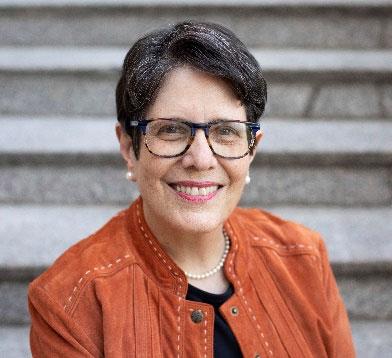 Lexington-Fayette Urban County Government OFFICE OF THE MAYOR
Lexington-Fayette Urban County Government OFFICE OF THE MAYOR
FOLLOW MAYOR GORTON: www.facebook.com/MayorGorton www.twitter.com/MayorGorton 200 East Main Street •Lexington, KY 40507 • (859) 425-2255•www.lexingtonky.gov HORSE CAPITAL OF THE WORLD
6
Member, At-Large
September 11, 2023
Historic St Paul African Methodist Episcopal Church 251 North Upper Street
Lexington, KY 40507
Dear Friends,
On behalf of the LFUCG Council and with great honor, I would like to welcome you to Lexington for the 156th Session of the Kentucky African Methodist Episcopal Church Annual Conference!

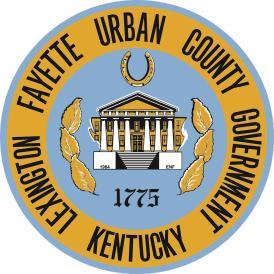
We are proud to be a diverse and inclusive community that welcomes everyone. Lexington is home to many houses of faith, and our city has benefited from their values and influence. Historic St. Paul AME Church is one of the pillars of our local faith community and a dedicated partner in service.
Our community has many great attractions, including our vibrant downtown, full of life and history, entertainment venues, outstanding locally-owned restaurants, and so much more. While you are here, we hope you discover what’s so special about Lexington!
May God bless your members and congregations and allow you all to have a productive and fulfilling annual conference.
Sincerely,
James Brown Councilmember, At-Large
200 East Main Street • Lexington, KY 40507 • (859) 280-8236 • jbrown2@lexingtonky.gov HORSE CAPITAL OF THE WORLD
Office of James Brown Council
7

8.
AFRICAN METHODIST PISCOPAL CHURCH
THIRTEENTH EPISCOPAL DISTRICT














KENTUCKY CONFERENCE LEXINGTON DISTRICT
PRESIDING ELDER KENNETH J. GOLPHIN
PO Box 54251, Lexington, Kentucky 40555-4251 eldergolphin@aol.com - 859 333.5075(text/call)
To Bishop E Anne Henning Byfield, Supervisor Ainsley Byfield, Presiding Elder Walter W Reid Jr, Mrs. Brenda Reid, Pastor Robert A Strode, Mrs. Shelby Strode, the members of Historic Saint Paul African Methodist Episcopal Church and the members and guests of the 156th Session of the Kentucky Annual Conference I greet you in the joy of Jesus on behalf of the Lexington District!
Throughout the current Quadrennial our Bishop has encouraged us to “Think Big!” We’ve seen it in slogans across the District as churches have striven to accept the challenge. It is no different here in the Kentucky Conference as we have worked to move forward in the ministry of our Christ. Matthew 7:16a quotes Jesus as declaring “You will know them by their fruits…” We pray as we gather in Lexington September 20-24 the fruits of our labors worthy to the Kingdom may be revealed in the reports of the pastors and the various components. May the elections bring forth those who will represent our Conference with dignity and the spirit of God. May those who are matriculating through the Board of Examiners make full measure of their calling. May our Episcopal Team be endowed with God’s Spirit as they lead us in the work and be strengthened spiritually and physically through the Annual Conference series. And may we all move in the new Conference Year with a new energy in Kingdome building!
My sincere thanks to Dr. Robert Anthony Strode and Saint Paul for all of your evident work in hosting, and to the Kentucky Conference for any and all support. Thanks to Presiding Elder Reid for your friendship and congeniality as we have striven together to do the work. And sincere thanks to Bishop Byfield for blessing me by appointing me to serve the great people of the Lexington District, who I thank also for your support. May we all present fruit worthy of God’s harvest!
By God’s grace I am Kenneth J Golphin, Presiding Elder
God our Father * Christ our Redeemer * Holy Spirit our Comforter * Humankind our Family
9
The 156th Session of the Kentucky Annual Conference
The Historic St. Paul AME Church, Lexington, KY
Bishop E. Anne Henning Byfield
Supervisor Ainsley Byfield
I greet you in the name of our Lord and Savior Jesus Christ on behalf of the Louisville Kentucky District.
We are grateful to Rev. Dr. Robert Strode, Mrs. Shelby Strode and the members of our host church the Historic St. Paul African Methodist Episcopal Church for hos�ng the 156th session of the Kentucky Annual Conference. As we reflect on the work we’ve done in the past year and prayerfully plan for the year ahead, we thank you for your hospitality and hard work toward the success of this conference.
We ask that this gathering of God’s people be showered with blessings to encourage and inspire us to do God’s work which will transform the world.
To God be the Glory,
Presiding Elder Walter W. Reid, Jr.
Evangelist Brenda P. Reid
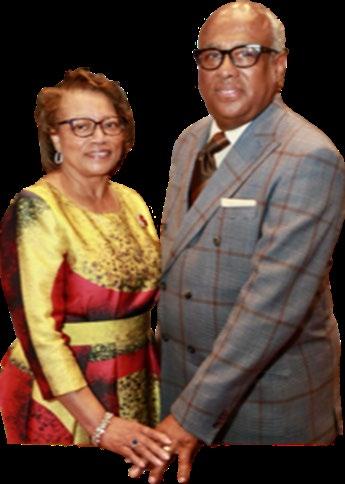
10.
The Historic Saint Paul AME Church Family, Sister Shelby and I extend a loving and warm welcome to Bishop E. Anne Henning Byfield, Presiding Prelate of the Blessed Thirteenth Episcopal District, Brother Ainsley M. Byfield, Episcopal Supervisor, Presiding Elders, Ministers, Laity, Guests, and Visitors to the 156th Session of The Kentucky Annual Conference.

Under our dynamic Episcopal Leadership, we greatly anticipate a Holy Ghost filled Annual Conference and our minds and hearts are geared to “THINK BIG!”
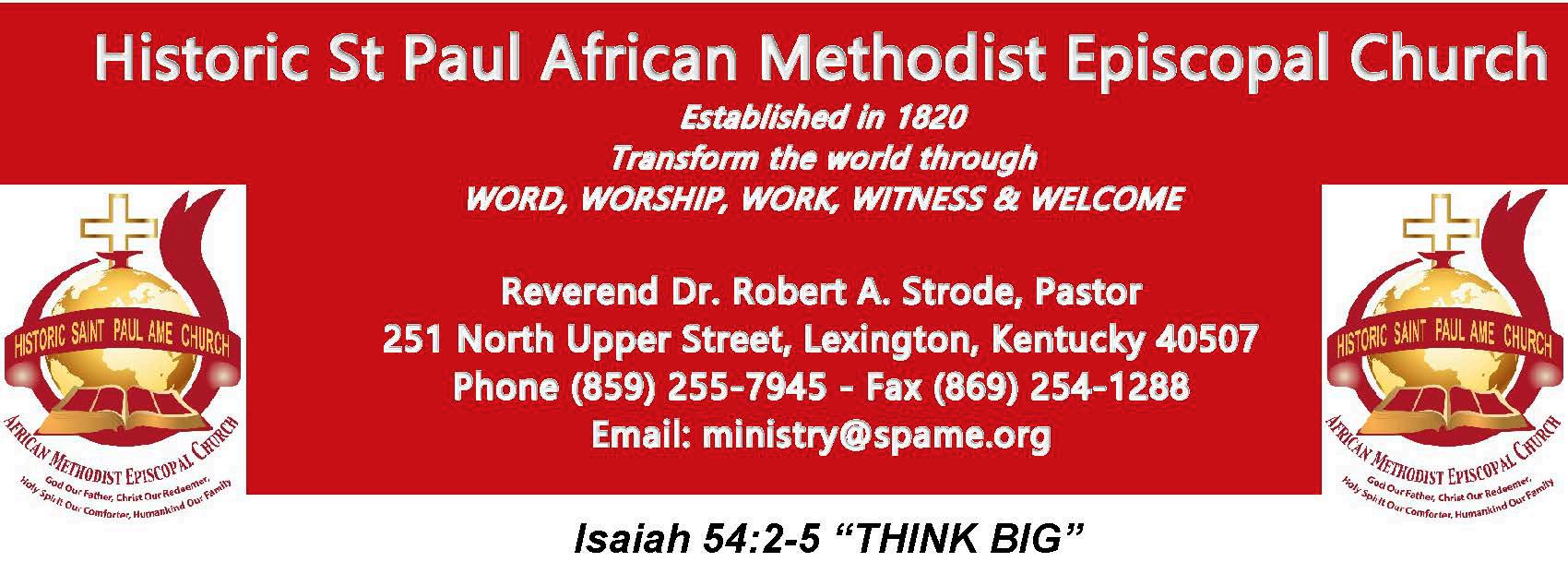
We count it a tremendous blessing to serve as your hosts. It is our sincere desire to leave no stone unturned in providing the utmost hospitality. Lexington, Kentucky has a long-standing tradition of “Bluegrass” hospitality. We would like to think that Historic St. Paul does our part to continue that rich tradition.
We hope to accommodate your stay with us. If, however, we have overlooked something in our attempt to make your visit exceptional, please feel free to express your concerns with our church family.
Blessings and love,
Pastor Robert A. Strode
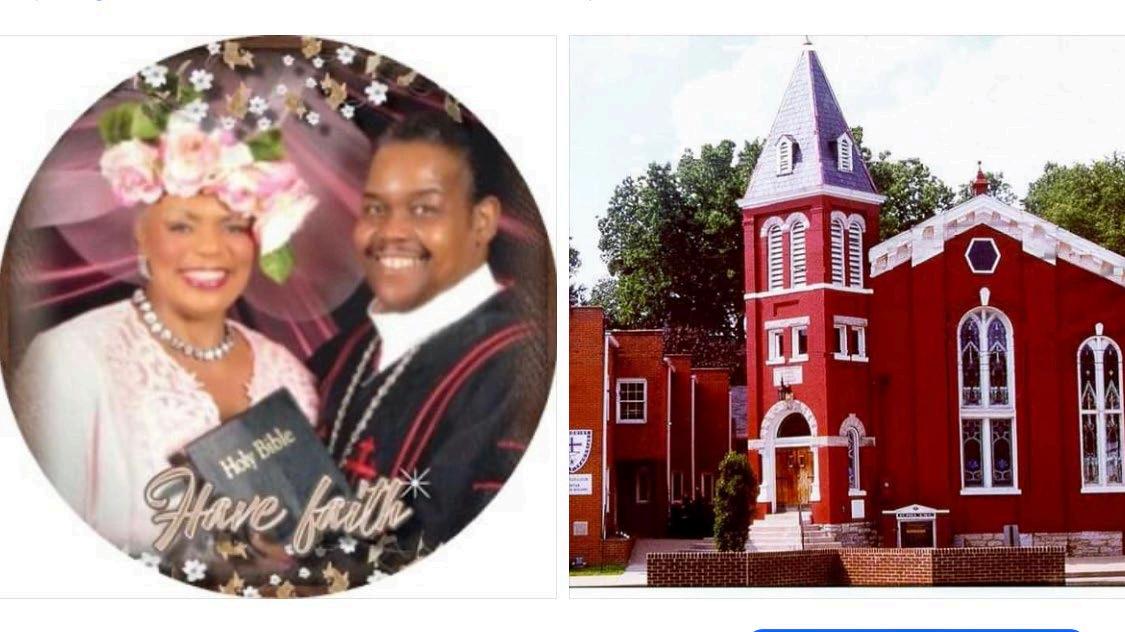
11

12.

13.
Rev. Linda Brown-Saffore, Ed.S.
13th District Church School Superintendent
September 5, 2023
My sincere greetings to The 156th Session of The Kentucky Annual Conference, The Thirteenth Episcopal District of The African Methodist Episcopal Church which will convene on Tuesday September 19-24, 2023, at the Historic Saint Paul African Methodist Episcopal Church, Lexington, Kentucky under the great leadership of Dr. Robert A. Strode, who will serve as Host Pastor, and The Right Reverend E. Anne Henning Byfield is the Presiding Prelate.
During this Christian Education month, let me take this oppor tunity to remind the District and Conference of the importance of Sunday School/Church School. Sunday School is important because:
• Serves as the foundation of Christian Education.
• Fosters Spiritual Growth and Maturity.
• Encourages a solid discipline to study the Word of God.
• Inspires Ministry Growth.
Please be sure to promote Sunday School; it is vital to our denomination. Again greetings, and it is my prayer that all will experience a Spirit led, 156th Session of the Kentucky Annual Conference.
Yours in Christ, Linda Brown-Saffore
Rev. Linda Brown-Saffore
“Let us not grow weary in doing Good” Galatians 6:9 NIV
14
Women In Ministry
 Rev. Dr. Stephanie M. Raglin
Rev. Dr. Stephanie M. Raglin
13th District WIM President
401 Skyline Drive
Elizabethtown, KY 42701
Greetings to the Right Reverend E. Anne Henning Byfield, Presiding Prelate, Bro. Ainsley M. Byfield, Supervisor of Missions, Delegates and all members that make up the 156th Session of the Kentucky Annual Conference.
We bless God for you and the work done throughout the conference year. We are most thankful to Rev. Dr. Robert A. Strode, 1st Lady Shelby Strode and the members of Historic St. Paul AME Church Lexington Kentucky for your tireless efforts in hosting this conference.
We pray special blessings upon our Bishop and Supervisor Byfield that God will bless them and His Spirit will move in and through them as they lead us throughout the week.
We pray for the presence of God to move mightily in and through all of us as we come together to worship and give an account of our labors.
Congratulations Again and Welcome !!!
Rev. Dr. Stephanie M. Raglin
13th District WIM President
+++In His Service+++
“Enjoy the Journey!”
15
MEKA T. SYLVESTER
Kentucky Conference Lay President 3312 Colonial Manor Circle Unit 3B Louisville, Kentucky 40218
PHONE: 502-619-8594
EMAIL: mtwingate@hotmail.com
EMAIL: mtwingate75@gmail.com
To Bishop E. Anne Henning Byfield-Presiding Prelate-13th Episcopal District Supervisor Ainsley M. Byfield-Supervisor of Missions and Children’s Work

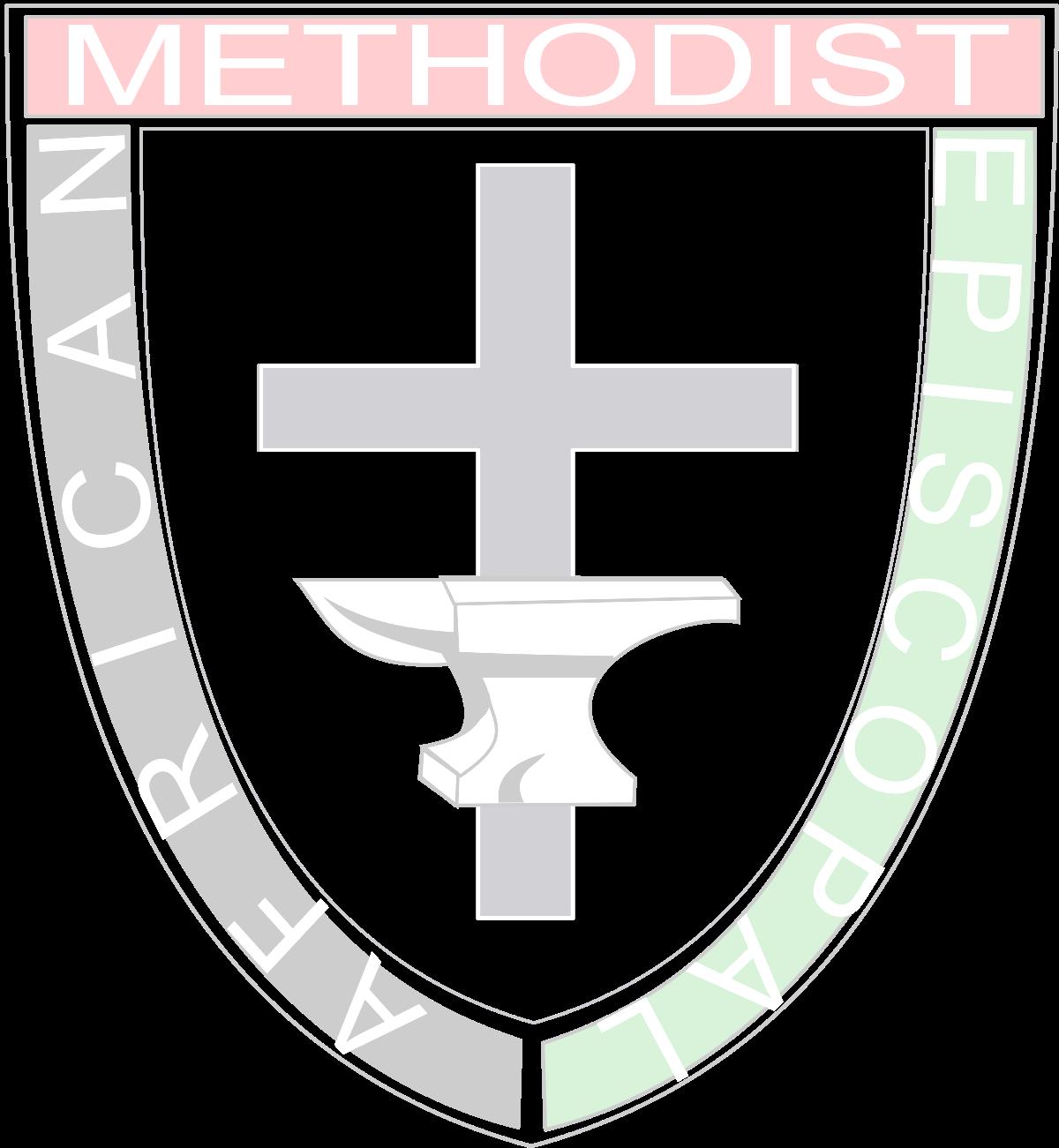
Bro. Christopher M. Wilson-13th District Lay President
Rev. Kenneth J. Golphin-Host Presiding Elder
Rev. Walter W. Reid, Jr-Associate Host Presiding Elder
Rev. Dr. Robert A. Strode-Host Pastor
Sis. Paula Campbell-Rudd, Host Lay President
And to all Clergy, Officers, and Laity of the Kentucky Annual Conference
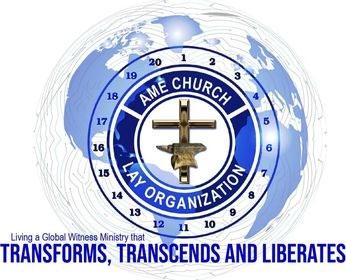

God is good and He is worthy to be praised! I bring you greetings from the Kentucky Conference Lay Organization. The Laity are the backbones of our churches. The Kentucky Conference Lay is thriving due to the support of the Conference Laity, and we will continue to adhere to our Mission, which is to teach, train and empower our members for lay ministry, global leadership and service following the tenets of Jesus Christ.
I thank God for allowing us to see the 156th Session of the Kentucky Annual Conference. Thank you to Rev. Dr. Robert A. Strode, First Lady Shelby Strode, and the members of Historic St. Paul AME Church for your hard work and dedication in hosting our Annual Conference. If there is anything that the Kentucky Conference Lay can do for you, please know that we are here and ready to be of service.
May God continue to bless you and yours.
In His Service,
Meka T, Sylvester Kentucky Conference Lay President
16.
KENTUCKY CONFERENCE WOMEN’S MISSIONARY SOCIETY

September 20, 2023


“For the LORD is good, his loving kindness is everlasting AND his faithfulness to all generations.” Psalm 100:5
Greetings and Blessings from the Kentucky Conference Women’s Missionary Society. As the Kentucky Conference Women’s Missionary Society President and member of Historic St. Paul African Methodist Episcopal Church, I would like to welcome you to Historic St. Paul AMEC, Lexington, Kentucky, were I was raised, and my family has worshipped for generations.

Historic St. Paul AMEC was established in 1820 by several members of the Methodist Society Church and is the oldest continuously used existing house of worship on Lexington, Kentucky. Behind the pulpit, up the stairs and way up in the attic, in a room above the sanctuary was used to hide slaves traveling on the Underground Railroad on their journey to freedom.
Historic St. Paul African Methodist Episcopal Church is a gem located at 251 North Upper Street, Lexington, Kentucky on the corner of Upper and 3rd Street, and is nestled in the downtown area between Transylvania University and The University of Kentucky. Lexington, Kentucky is home to a bustling downtown filled with businesses, churches, restaurants, boutiques, and shops.
We hope you enjoy the Kentucky Annual Conference hosted by Historic St. Paul African Methodist Episcopal Church and enjoy the services and participate in the designated mission work. If we can do anything to make your stay more comfortable, please let us know.
Kentucky Conference Women’s Missionary Society President
17.

18.

19,

20
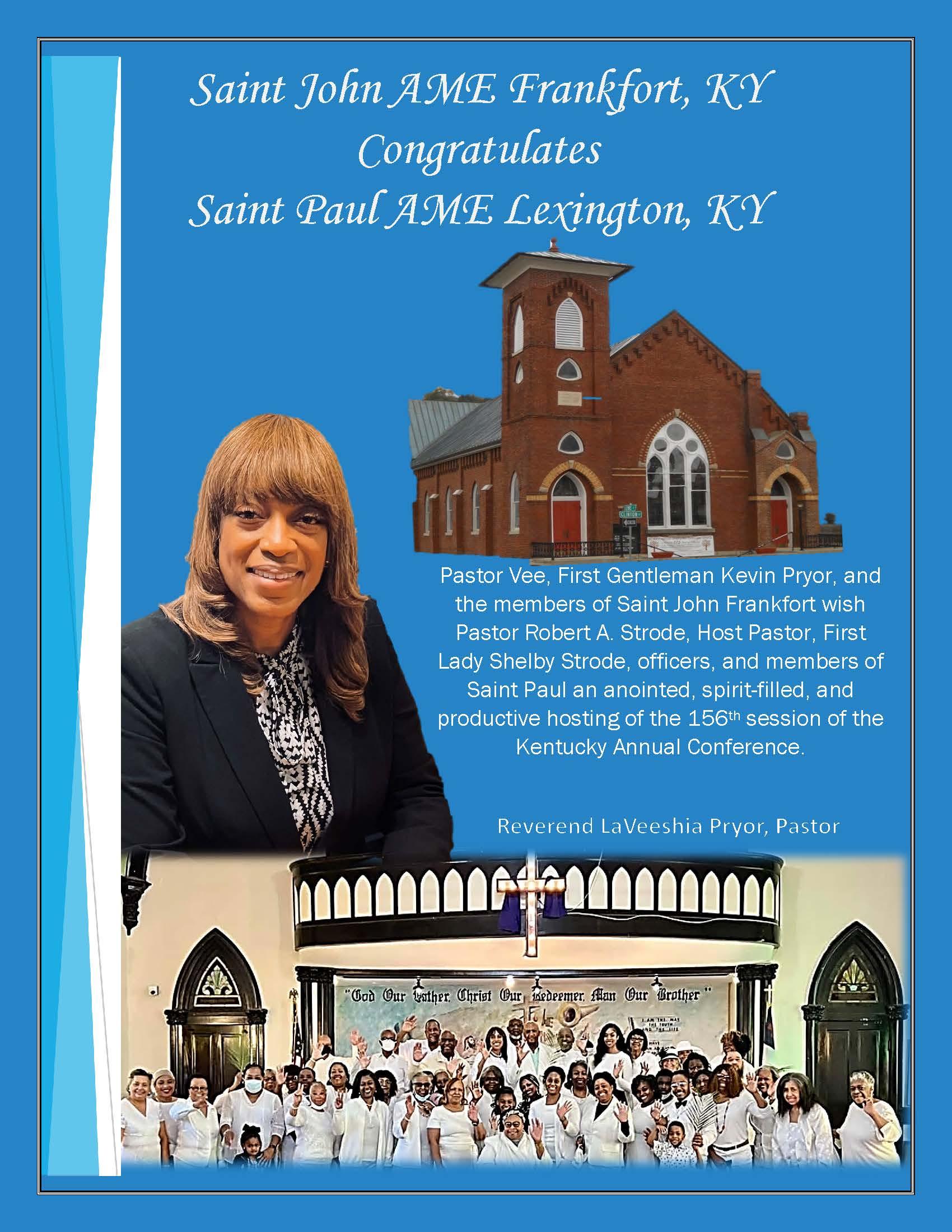
21

22.
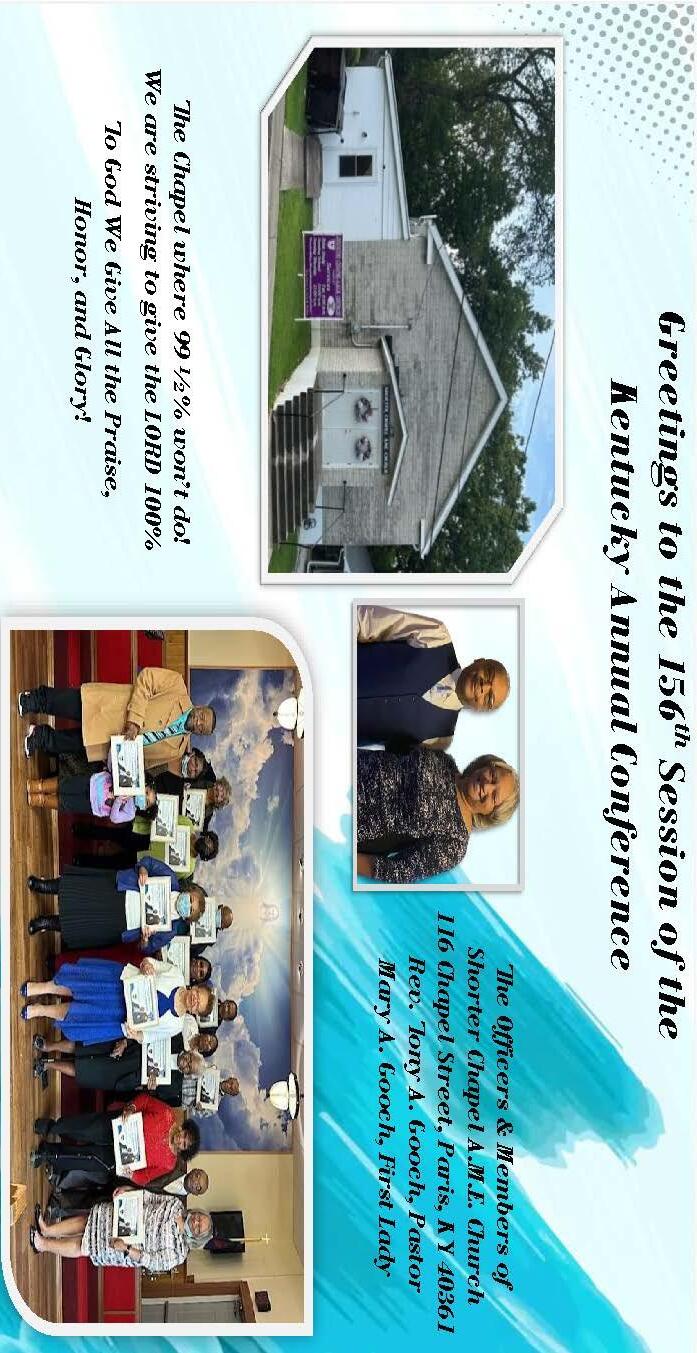
23
The Lutisha N. Coleman Music Scholarship
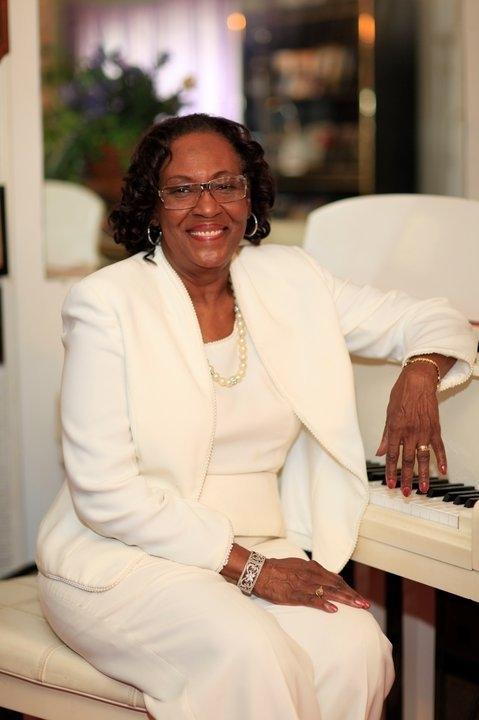
Congratulates Historic St. Paul AME Church, Lexington, Ky. & Rev. Dr. Robert A. Strode, Pastor
Hosts of the 156th Annual Session of the Kentucky Annual Conference
Lutisha N. Coleman Music Scholarship Creating Legacy! P.O.Box 14025 Cincinnati, Ohio 45250LCMMusicScholarship@yahoo.com 25.

26.


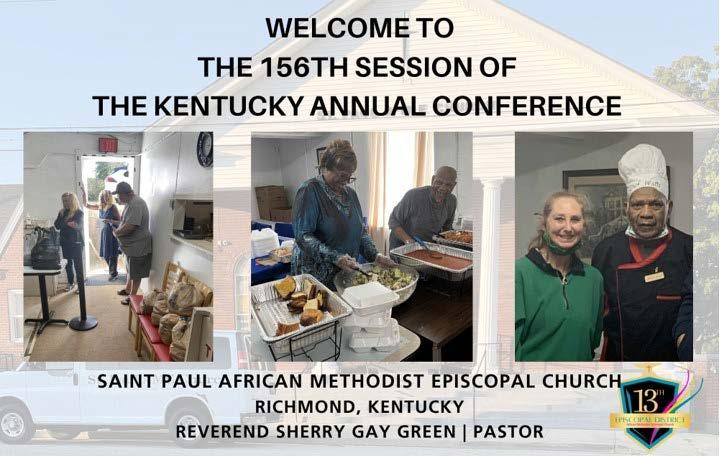
27



28



29.






30.
Kentucky Annual Conference Leadership Component Officers
CDMC, Commissioner TBA
Chaplains and Pastoral Care, Chair Rev. Linda Roberts Jackson
Christian Education, Chair Sister Susie Bates
Christian Education, Director Rev. Doretha Sanders
Church School Superintendent Sister Dianne Woods
Church Growth and Evangelism, Dir. Rev. June Anderson Dorsey
Health and Wellness, Director Sister LaJava Chenault
Lay Organization, President Sister Meka Wingate Sylvester
Minister's Spouses, Chair Sister Hartents Johnson
MCAM, Chair Rev. Nachia W. Tellis
RAYAC, Chair Rev. Philip Johnson
Social Action/Community Dev., Chair Rev. Veda Stewart
Sons of Allen, Chair Rev. Robert Sherrod, Sr.
Women in Ministry, Coordinator Rev. LaVeeshia Pryor
Women's Missionary Society, President Sister Veda Shelton
Young People's Department, YPD Director Sister Mary Raglin
Young People's Department, President Sister Anaya Ellis
Historical Preservation, Chair TBA
Kentucky Conference Administrative Committees
Board of Examiners: (To be appointed)
Ministerial Efficiency Committee: (To be appointed)
Finance Committee: (To be elected)
Conference Trustees: (To be elected)
District Trustees: (To be appointed)
District Budget: (To be elected)
Judicial Committee: (To be elected)
Triers of Appeal: (To be elected)
Marshalls: (To be elected)
31
Kentucky Conference Annual Session Committees
Public Worship
Bishop Anne Henning Byfield, Presiding Elders Kenneth J. Golphin and Walter W. Reid, and Rev. Dr. Robert Strode
Chaplains and Pastoral Care
The Reverends Linda R. Jackson (Chair), Nachia Tellis, and Melissa Hale
Church Growth and Evangelism
The Reverends June Dorsey Anderson (Chair), Monica M. Lamb, Sherry Gay Green; Lay Persons: Bro. Chartrael Hall, Sis. Melanie Raglin, and Sis Brenda Reid
Christian Education
Sis. Susie Bates (Chair), Rev. Doretha Sanders (Director), Sister Diane Woods (Church School Superintendent), Sis. Dinah Johnson and the Reverends Linda Brown-Saffore, Robert Sherrod Sr. and Sis. Amanda Johnson.
Memorial
The Reverends Melanie Samuels-Black (Chair), Ralph B. Smith, and Reginald Pullums; Lay Persons: Sis. Ella Frye, Sis. Jean Ailster, Sis. Carol Buckman, Sis. Joy Vannoy, Bro. Tyler Wilkinson, and Sis. Tonya Clay.
Media/Public Relations
Bro. Chris Wilson (Chair), Rev. Louise Spencer, Rev. Monica Lamb, and Rev. Laurice Martin; Lay Persons: Sis. Meka Wingate Sylvester, Sis. Ruth Ann Bryant, Sis. Helen Demaree, Sis. Virginia Thompson, and Sis. Ruth Allen.
Missions, Circuits, and Stations
The Reverends June Anderson Dorsey (Chair), Phillip Johnson, Melanie SamuelsBlack, Ralph B. Smith, Doretha Sanders; Lay Persons: Bro. Charles Logan, Sis. Ruth Ann Bryant, Brother Rodney Brown, and Sis. Susan Johnson.
Classification of Pastors and Charges
The Reverends Linda Brown-Saffore (Chair), William Jenkins, and Kelly Roberts; Lay Persons: Sis. Robin Harris, Sis. Anna Johnson, Sis. Michelle Johnson, and Sis. Terri Ross McIntosh.
32
Budget
The Reverends LaVeeshia Pryor (Chair), June Anderson Dorsey, and Erika Taylor; Lay Persons: Sis. Shirley Bunton, Sis. Carol Buckman, Bro. Ron Swope, Sis. Myrna Herron, Bro. Joe Thompson, and Sis. Wathetta Buford.
Reapportionment of the Work and Presiding Elder Support
The Reverends Dr. Stephanie M. Raglin (Chair), William Jenkins, Sherry Gay-Green, and Linda R. Jackson; Lay Persons: Bro. Marvin Hayden, Bro. Robert L. Allen, Sis. Carol Barbour, Sis. Marsha Underwood, and Sis. Cecelia Tinsley.
Committee on Stewardship and Tithing
The Reverends Sherry Gay Green (Chair), Deidra Ellis, Ralph T. Johnson, Cathy Jacobs, and Dr. Veda Stewart; Lay Persons: Sis. Myrna Herron, Sis. Rose Embry, Sis. Katherine Parker, Sis. Joy Vannoy, Bro. Joe Thompson, and Sis. Cecelia Tinsley.
Resolutions
The Reverends Cathy Jacobs (Chair), Monica Lamb, Joshua Hale, and Kelly Roberts; Lay Persons: Sis. Betty Cook, Sis. Susan Johnson, Sis. Terri Ross McIntosh, and Sis. Susan Miller.
Health and Wellness
Sis. LaJava Chenault (Chair), Sis. Alma Pittman, The Reverends Linda R. Jackson, Nachia Tellis, Karen Carter, and Sister Ureka Berry.
Believe, Inc.
Lay Persons: Sis. Renee Scott-Smith and Sis. Therese Baker.
Camp Primm Simmons
The Reverend Dr. Stephanie M. Raglin, and Lay Person Bro. James Carter.
Prayer & Formation
The Reverends Sherry Gay Green (Chair), Linda Brown-Saffore, Fonseco Frazier, and Linda Murray; Lay Person Bro. Chartreal Hall.
MCAM
Rev. Nachia Tellis
33
Literary Report Committees
State of the Church
The Reverends Louise Spencer (Chair), Philip Johnson, Joshua Hale, and Dr. Veda Stewart; Lay Persons: Sis. Betty Cook, Sis. Rose Embry, Sis. Ella Frye, Bro. Daniel Gooch, Sis. Michelle Johnson, and Sis. Katherine Parker.
Social Action/State of the Country
The Reverends Veda Stewart (Chair), Revonda Bright, Tony Gooch, Sherry Miller, and Erika Taylor; Lay Persons: Sis. Marsha Underwood, Sis. Shirley Bunton, Bro. William Sam Green, Sis Peggy Cosby, Sis. Susan Miller, Sis. Robin Harris, Bro. Darnell Hipsher, Sis. Anna Johnson, and Sis. Lisa Stuckey.
34
35.
Notes
The AME Church Kentucky Timeline
The following is a timeline of some of the allies and early African Methodist Episcopal (AME) congregations in Kentucky. A summary of their relevance to the Underground Railroad (UGRR) network and their mission to oppose slavery. It is evident that these churches and allies played a significant role in the fight against slavery and the advancement of African American communities in Kentucky. Here is a summary of the key points:
1812: The First General Conference of the AME Church was held, with Bishop Richard Allen presiding, marking the establishment of the church and its early organization.
1820: Historic St. Paul AME Church in Lexington, Kentucky, was founded, representing one of the earliest AME congregations in the state.
1830: The Ohio Conference was organized under Bishop Morris Brown, and it included the state of Kentucky. This was significant in the context of AME Church history in the region.
1837: The Bierbower House in Maysville, Kentucky, served as a safe house on the Underground Railroad. The family was originally from Pennsylvania and provided their home as a stop on the Underground Railroad for escaped enslaved individuals.
1838: Several AME congregations were established in Kentucky, including
Bethel A.M.E. Nicholasville, which saw early challenges related to property ownership.
St. John AME in Frankfort, Kentucky, emerged as an early congregation with connections to the Underground Railroad.
Bethel House of God in Louisville, later known as Quinn Chapel A.M.E., was established.
1839: St. Peter AME in Harrodsburg was organized, separated from a white methodist church, and is listed in the National Register.
1840: The Indiana Conference was organized, which also included the state of Kentucky, under Bishop Morris Brown.
1848: Versailles African Methodist Episcopal Church changed its name to St. Paul's A.M.E. in Versailles, Kentucky.
Mount Vernon AME in Gamaliel, Kentucky, was added to the National Register.
36.
The AME Church Kentucky Timeline
1853: St. James AME in Cynthiana, Kentucky, was established, and despite being subject to flooding, it remains an active congregation.
1855: the Missouri Annual Conference A.M.E. was organized at Quinn Chapel, Louisville, on September 13, 1855, by Rev. D. A. Payne. The Missouri Annual Conference was inclusive of the following states: Kentucky, Alabama, Louisiana, Mississippi, and Missouri.
1856: The Tenth General Conference took place in Cincinnati, Ohio, with Bishop William Paul Quinn preaching from a boat on the Ohio River due to safety concerns in Kentucky.
1860s: St. Andrew AME Church in Lancaster, St. Matthew A.M.E. in Midway, and Bethel A.M.E. in Shelbyville were established, with connections to Underground Railroad activity and the Civil War.
1865: Bishop Daniel Payne assigned Reverend David Smith to work in Kentucky, marking a significant moment in the development of AME churches in the state.
These historical accounts demonstrate the significant role that AME congregations and their members played in the fight against slavery and their contributions to the Underground Railroad network in Kentucky. They also reflect the resilience and determination of African American communities during this challenging period in American history.
37
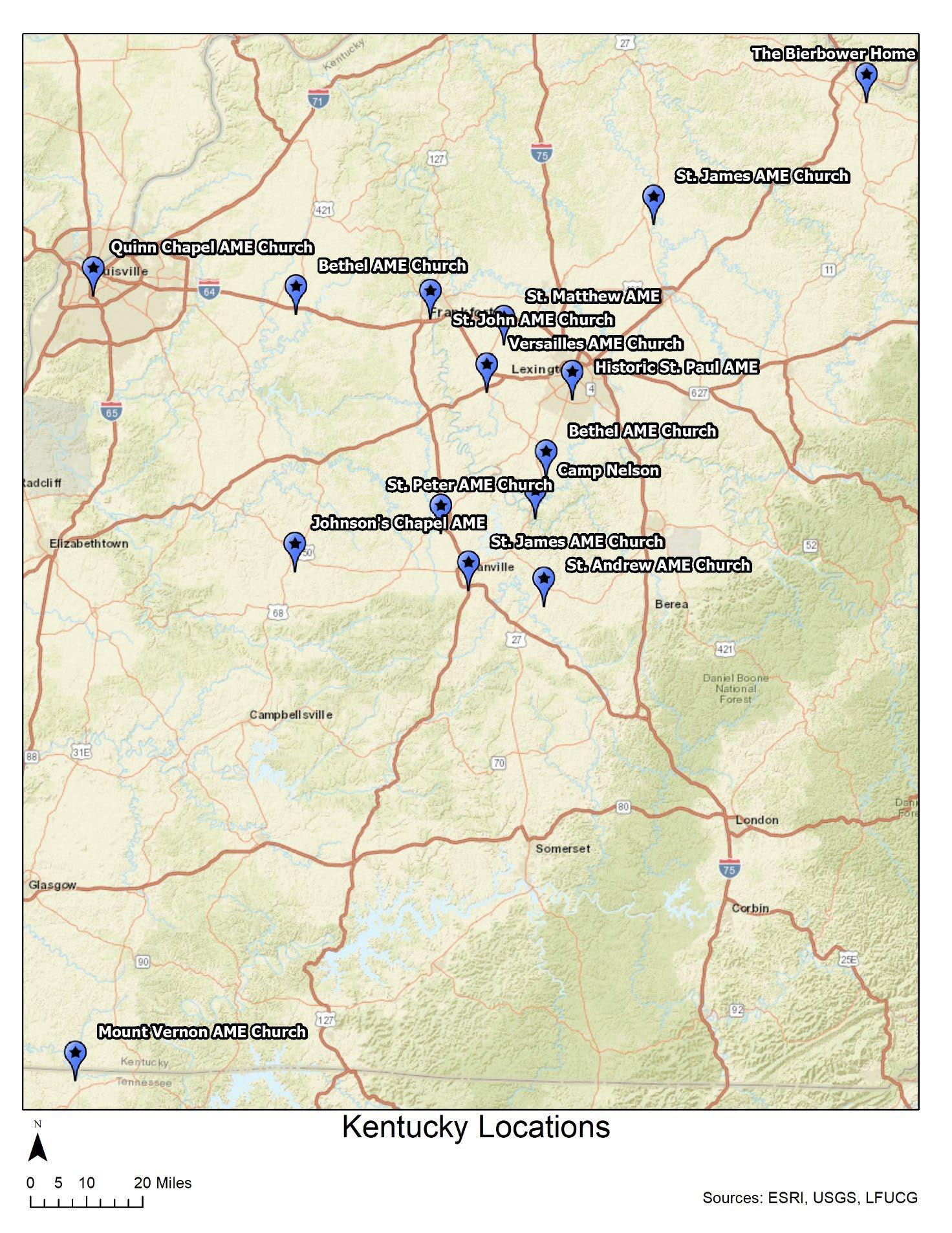
The AME Church Kentucky Timeline 38
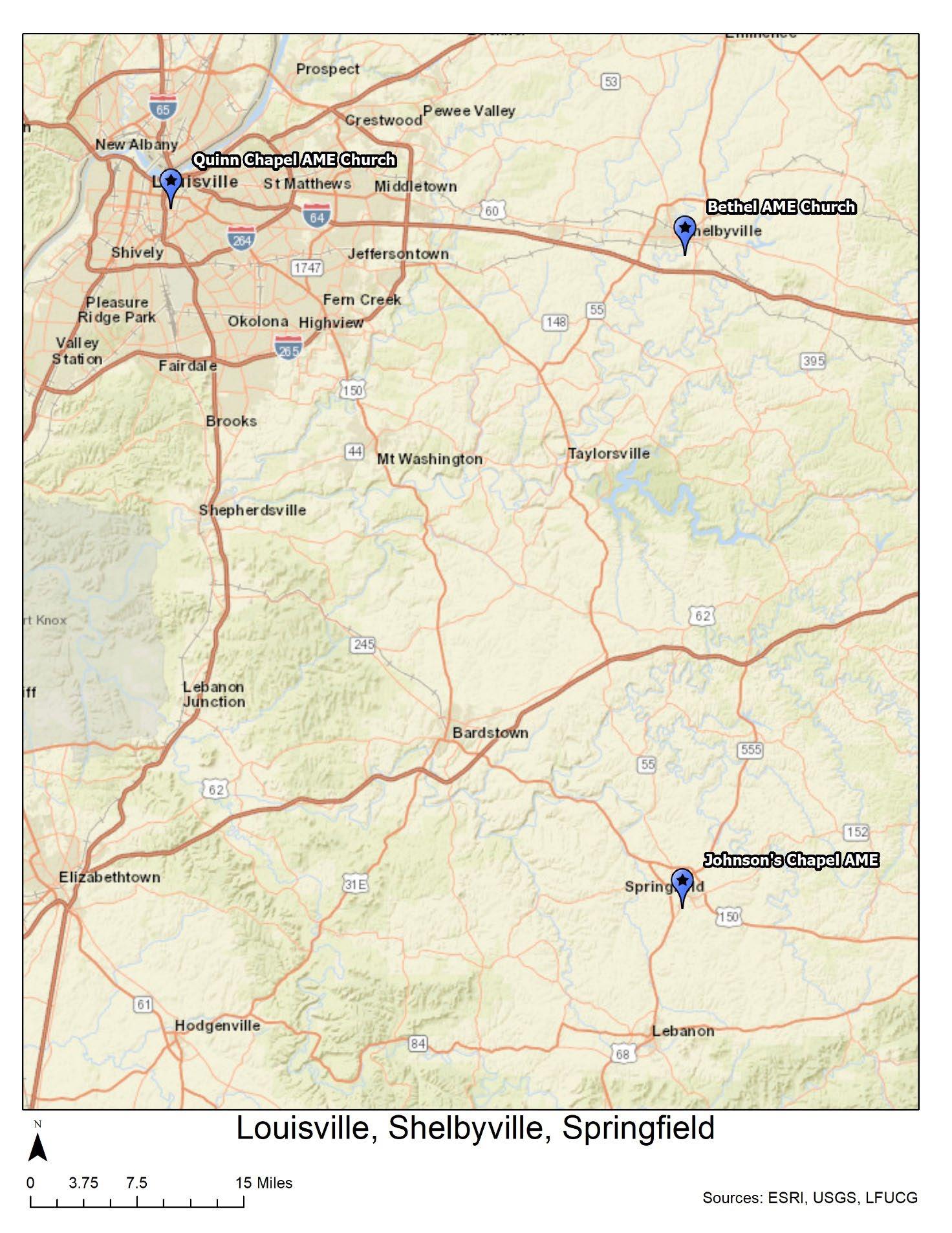
The AME Church Kentucky Timeline 39
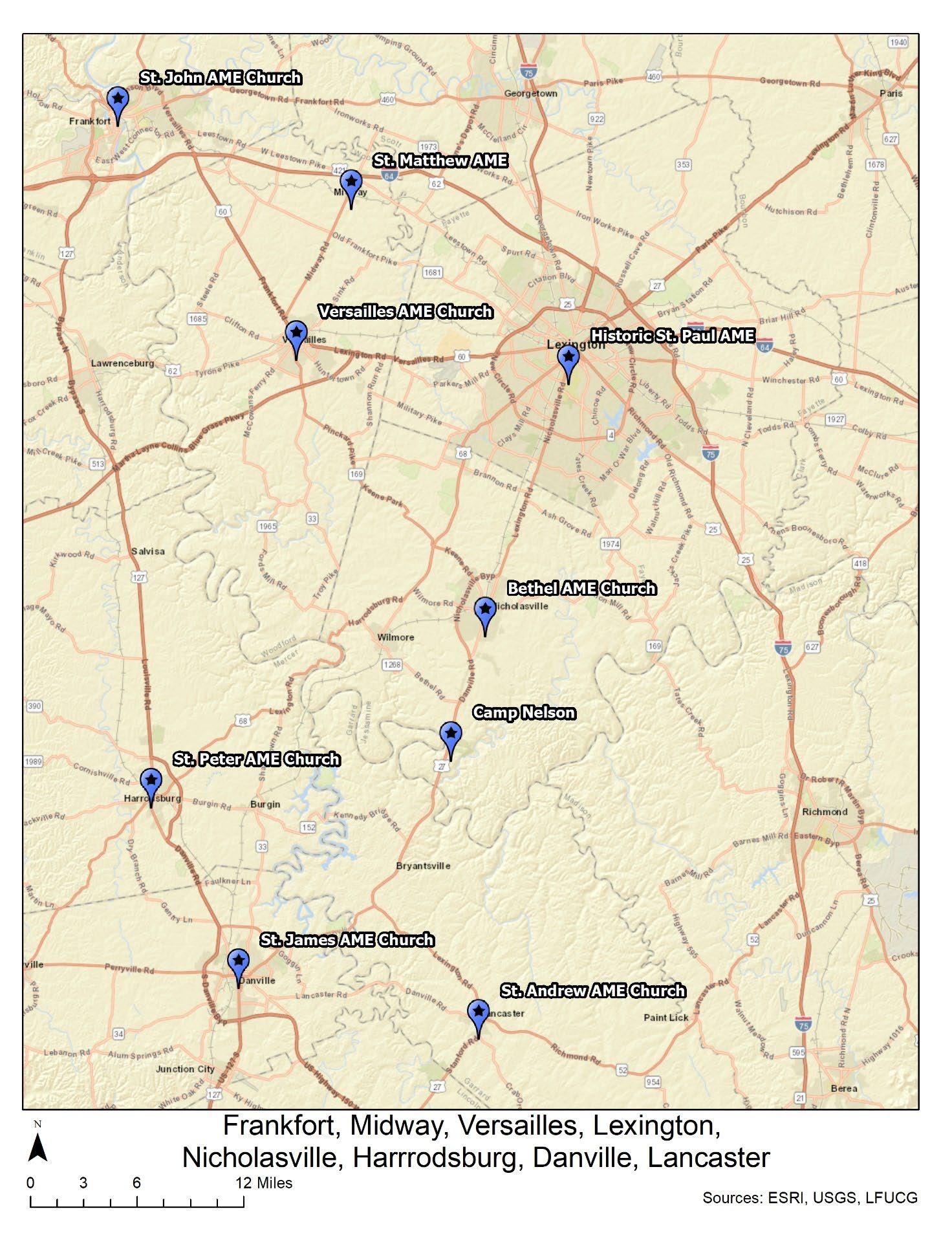
The AME Church Kentucky Timeline 40
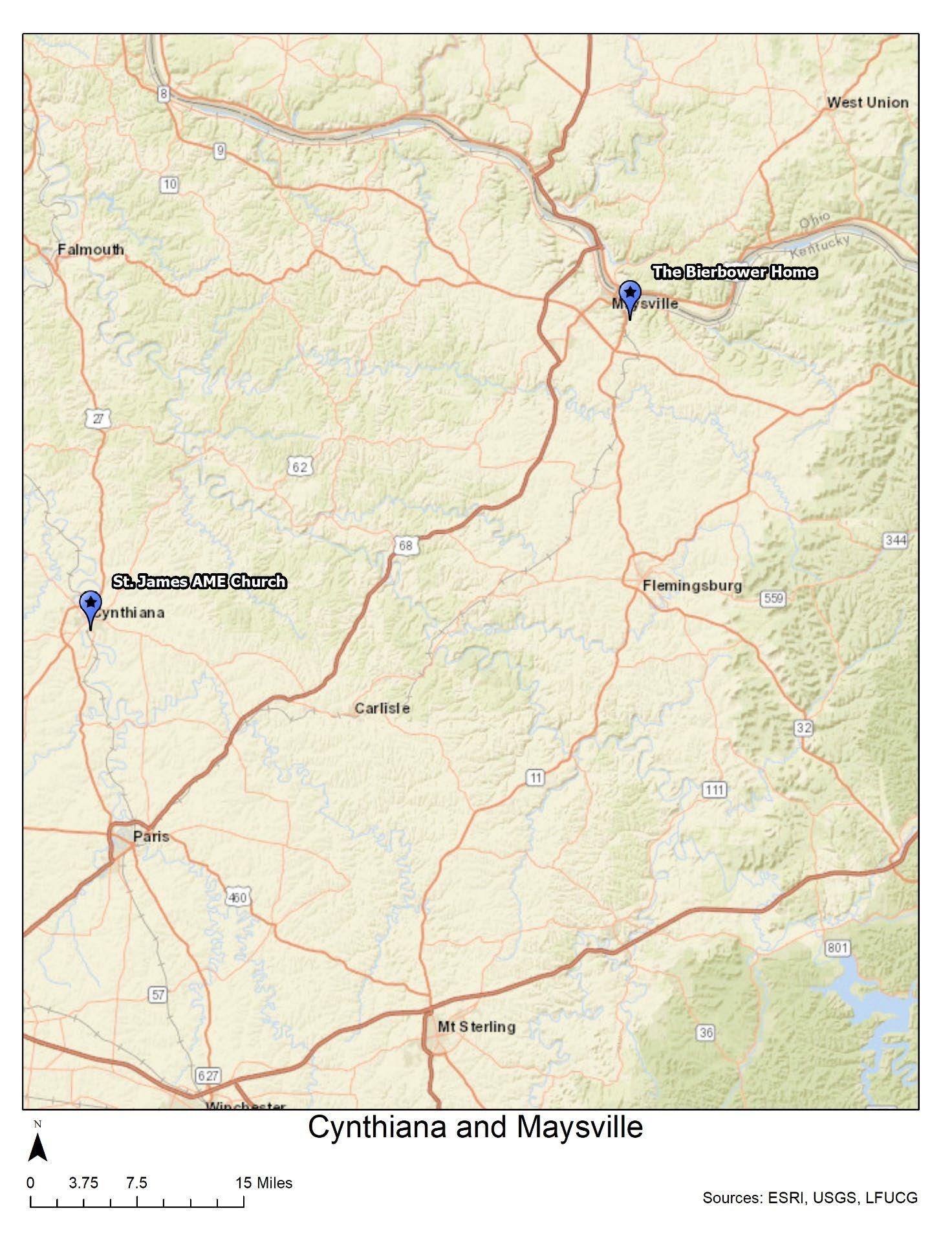
The AME Church Kentucky Timeline 41
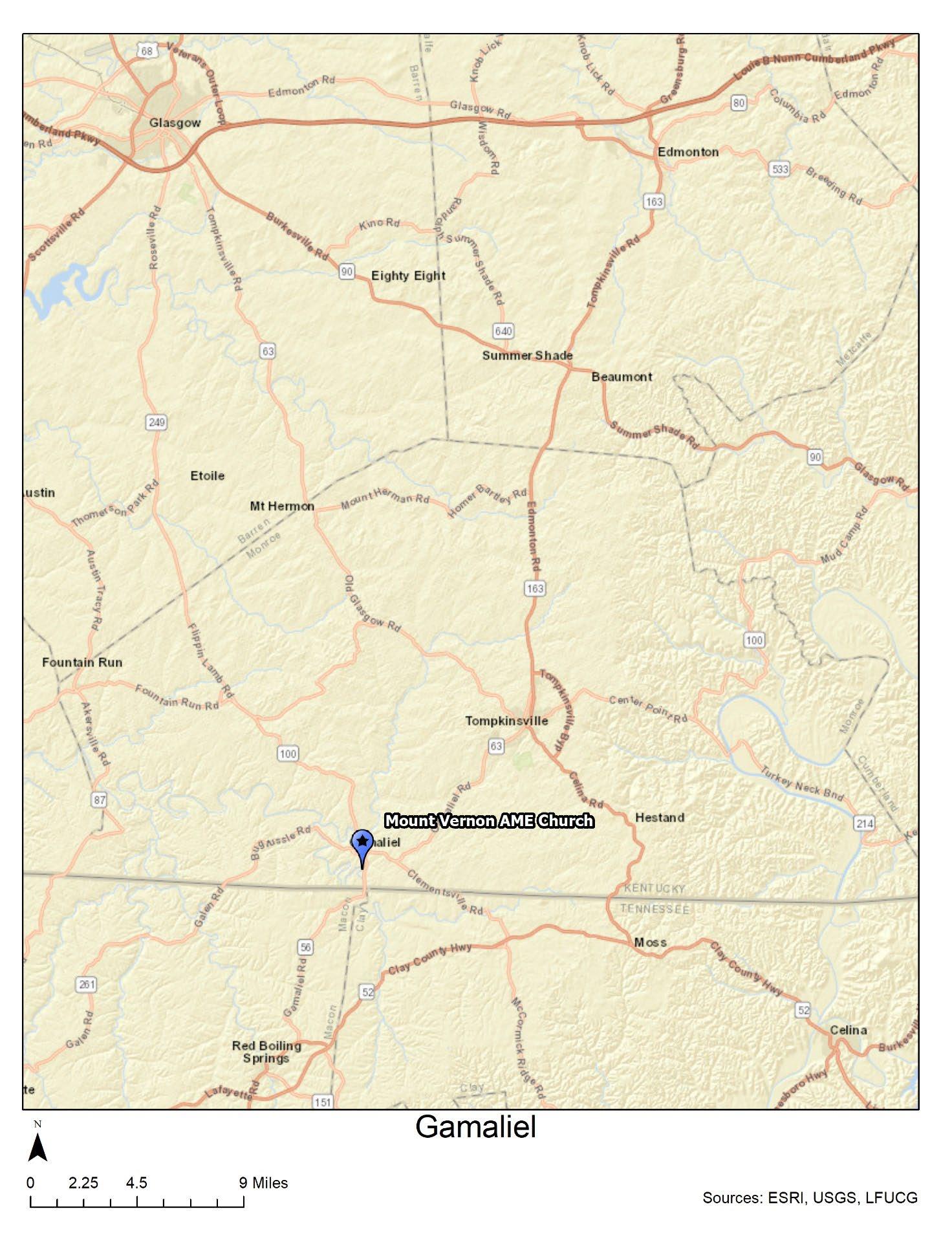
The AME Church Kentucky Timeline 42
The AME Church Kentucky Underground Railroad Network
African Methodist Episcopal (AME) Church and its Kentucky relationships.

The AME Church, originally founded by people of African descent, has always been a religious denomination inclusive of people of all races. The African Methodist Episcopal Church (AME Church) was founded after several Black members left St. George Methodist Church in Philadelphia, Pennsylvania, in protest of the lack of freedom to worship without racial discrimination. Mother Bethel AME Church was founded in 1794 and later became a center for Underground Railroad activity among AMEs in the tristate area of north central Kentucky and southern Indiana and Ohio together with their Quaker allies.
The AME Church’s Itinerancy is a system of traveling missionaries and clergy assigned to multiple stations, missions, or circuits. The church used this system to create a support system between the Allied support against Slavery in the Free States and the States that supported Slavery.
In the African Methodist Episcopal Church, an affiliated local organization would classify as one of the following:
A Mission church is a small dependent local congregation or church.
A Circuit church is when two or more churches are under the supervision of a single pastor.
The Station is one church that has one Pastor assigned.
In 1824 the AME Church consisted of five (5) churches in Western Pennsylvania and six (6) in Ohio. AME missionaries and clergy were traveling through Pennsylvania, Ohio, Indiana, Illinois, Kentucky, Tennessee, and Missouri. Rev. William Paul Quinn reported that missions were started in Indiana, Missouri, and Kentucky to oppose the institution of slavery.
Source: “1824GeneralConference”,TheRightReverendTaylorT.Thompson,“TheLegacyof AfricanMethodismintheThirdEpiscopalDistrict”,DigitalEdition:pp.3rd_DistrictLegacy AME_033,https://digitalcollections.columbuslibrary.org/digital/collection/african/id/26046/rec/1,July3,2023.
Oral tradition spoke about how early African Methodist Episcopal local congregations were “Stops” on the Underground Railroad network in Kentucky. There were also stories of how early congregations were raided, destroyed, or burned to the ground. Free or enslaved Black
43
The AME Church Kentucky Underground Railroad Network
individuals could not organize or meet without permission or the illusion of permission from a White person. The permission or the illusion of permission allowed congregations to meet away from their enslavers at other locations. The meeting locations for these congregations were normally purchased by Free Blacks or land designated for them to meet by sympathetic White people. Pre-Civil War records for the Kentucky AME Churches are limited due to the brutality of slavery and Jim Crow.
It is our hope that this brief publication will help us in the retrieval of crucial aspects of our history by enabling us to compare names, dates, people, and places that may have links via our local congregations and communities. The AME Church 1824 General Conference documents confirm that there were mission churches. Our current emphasis has been on Kentucky. Following are some of the stories of Enslaved Emancipated and Freeborn and the ministers who left Kentucky or who have traveled within Kentucky and affiliated with the AME Church.
,
William Paul Quinn was born free on April 10, 1788, in Hindustan, near Calcutta, India, and was introduced to Christianity by an Englishwoman, Mary Wilder from England. His family was wealthy from mahogany trading from which he was ostracized after adopting Christianity. He then sought refuge in England where he adopted an anglicized name. He later arrived in New York around 1806 and became a member of the Hicksites, a Quaker sect founded by Elias Hicks. The sect was known for its activist role in antislavery movements. He was introduced to Methodism in 1808 and later became one of the Horseman of the AME Church. His equestrian skills allowed him to travel faster and greater distances.
Rev. William Paul Quinn was arrested in Louisville when he arrived to meet the congregation of Quinn Chapel for the first time at the Bethel House of God in 1838. The local enslavers did not approve of independent Black churches. Rev Quinn was elected a Bishop in the AME Church in 1844.

Source:
"William Paul Quinn," Dennis C. Dickerson, "The African Methodist Episcopal Church: A History,"Cambridge:CambridgeUniversityPress,2020.Kindlepages67 – 68 & 85.
44
“William Paul Quinn,” https://www.facebook.com/ame7th/posts/bishop-william-paul-quinnwas-the-fourth-bishop-of-the-african-methodist-episcop/1066238786905260/
Rev. Dandridge F. Davis was born free in Virginia in 1807 and moved with his parents to Kentucky. His ministry started with the White Methodist Episcopal Church. He traveled through the states of Kentucky, Virginia, North and South Carolina, and Georgia preaching to all races. While enrolled at Augusta College in Kentucky during 1834, Davis continued to preach in Kentucky and Ohio. In 1835 Rev Dandridge was ordained in the AME Church under Morris Brown (1770-1849) and assigned to the Ohio Columbus Circuit which, at that time, included Kentucky.
Source:
A.R.Green,“TheLifeoftheRev.DandridgeF.DavisoftheAfricanM.E.Church,” (Pittsburgh,PA,BenjaminF.Peterson,1850),6–7,20–23,25–26.

Rev. Turner W. Roberts, born into slavery in North Carolina, escaped to Indiana and entered the AME itinerancy. He served as a pastor in Salem, Indiana, in 1847 and 1848, he transferred to Kentucky. Rev. Roberts was arrested and placed on the auction blocks. A benevolent Enslaver bought his freedom and Rev. Roberts left Kentucky vowing to refuse any other appointments in a slave state.

Source:
“Reverend Turner W. Roberts,” Cory D. Robbins, “Reclaiming (The) African Heritage at Salem,”Indiana(BerwynHeights,MD,HeritageBooks,1995),p.77.
Allen Temple A.M.E. Church in Cincinnati, Ohio can trace its early beginnings to Methodist members of the Deer Creek Church. Deer Creek Church was organized among the people of color in Cincinnati around 1815. The original church building was designed by a Black carpenter, Joseph Dorcus, who became their first (1st) minister but could only serve part-time because of his job as a carpenter. The members wanted a full-time minister, so they leased an enslaved minister from Lexington, Kentucky named James King. The Reverend James King served the congregation for several years with his owner's permission to travel until he was arrested by Jack Chambers. Rev King had to appear before the local magistrate named Squire Mahard, who declared him a free man. Reverend King never returned to Lexington, Kentucky, and hid for two years until his Kentucky slaveholder gave up the search. The Black members were disappointed with how
The AME Church Kentucky Underground Railroad Network 45
The AME Church Kentucky Underground Railroad Network
they were treated, they left Deer Creek Church around 1823. They began to meet in the homes and organized on Feb 4, 1824, by Rev. Moses Freeman into the AME Church. This church was on the Underground Network circuit.
Source:
“AfricanMethodistEpiscopalChurchofCincinnati,BenjaminWilliamArnett,andDanielMurray PamphletCollection.Proceedingsofthesemi-centenarycelebrationoftheAfricanMethodist Episcopal Church of Cincinnati, held in Allen Temple, February 8th, 9th, and 10th, with an account of the rise and progress of the colored schools, also a list of the charitable and benevolent societies of the city. Cincinnati": H. Watkin, Printer, 1874. Pdf., p15., https://www.loc.gov/item/91898101/.
Warren A.M.E. Church in Toledo, Ohio was founded by eight (8) persons and runaways from slavery in 1847 to have a place of their own to worship. "During the revolutionary period, Rev. Henry J. Young migrated from Kentucky via the underground railroad and became the leader."
Source:
“WarrenChapel,”TheRightReverendTaylorT.Thompson,“TheLegacyofAfricanMethodism intheThirdEpiscopalDistrict,”DigitalEdition:3rd_DistrictLegacyAME_159, https://digital-collections.columbuslibrary.org/digital/collection/african/id/26169, p. July 6, 2023.
Bishop John Mifflin Brown was born September 8, 1817, in Odessa, New Castle County, Delaware, and died March 16, 1893. His grandfather was a Methodist minister. He joined the AME Church at Bethel in Philadelphia in 1836 and in 1846 he became a deacon. He was ordained a Bishop in May of 1868 and at the time of his death, he was the Presiding Bishop of the Eleventh (11)Episcopal District. The Eleventh (11) Episcopal District included Kentucky and Tennessee.
He attended several schools in Massachusetts and New York. He enrolled at Oberlin College in the fall of 1846 and remained there for four (4) years. While at Oberlin College he met Calvin Fairbanks and Delia Webster. They also worked together to aid runaways across the Ohio River to freedom.
At the request of Rev. Brown and Gilson Barry, Calvin Fairbanks traveled to Lexington, Kentucky, in 1844 with the aim of retrieving Gilson Barry's enslaved family. Unfortunately, despite their efforts, Gilson Barry's family could not be located and rescued. Instead, Clavin Fairbanks along with the aid of Delia Webster left Lexington with Lewis Hayden and his family.

46
Rev. Calvin Fairbank and Delia Webster were arrested in Kentucky for assisting the runaways. Webster was sentenced to two (2) years in December 1844 but was pardoned by the Governor after serving 2 months. Fairbank was sentenced in 1845 to a 15-year term. He served five years. He was pardoned in 1849 with the assistance of his father. In 1852, he was sentenced again to fifteen (15) years in the state penitentiary. It has been an oral tradition that the AME Church with Lewis Hayden assisted monetary towards his litigation fees.

Lewis Hayden, known before his freedom as Lewis Grant, was born a slave on December 2, 1811, in Lexington, KY, into the house of Rev. Adam Rankin, a Presbyterian minister. His previous marriage and family ended in tragedy because his family was sold. In 1840 he married a fellow slave, Harriet Bell (c.1811-1893). At the time of escape, his owner had leased him to the Phoenix Hotel located in Lexington, KY.
Lewis Hayden openly exhibited his attachment to the A.M.E. Church and the Reverend John Mifflin Brown along with his work in the Underground Railroad. His funeral was held at Charles-Street African Methodist Episcopal Church. It is very plausible that Lewis Hayden, born within one-half (0.5) miles of Historic St. Paul AME in Lexington, knew members of the church. He escaped Lexington with his family in 1844.
Source:
Runyon, Randolph Paul. Delia Webster and the Underground Railroad (p. 33, 39,). The UniversityPressofKentucky.KindleEdition

"Lewis Hayden's funeral held at Charles-Street African Methodist Episcopal Church." Newspapers.com,TheBostonGlobe,April11,1889, https://www.newspapers.com/article/the-boston-globe-lewis-hayden-funeralhe/120015025/;June29,2023.

The AME Church Kentucky Underground Railroad Network 47
The AME Church Kentucky Underground Railroad Network
The Oberlin Collegiate Institute in Oberlin, OH, now called Oberlin College, in 1835 became the first white institution to admit African American male students. Oberlin Collegiate Institute was an educational resource for the AME Church missionaries and clergy.
In 1853, Rev. John Gregg Fee founded the town of Berea, Kentucky with a donation of land from wealthy landowner Cassius Clay. Rev Fee was an abolitionist, educator, and minister. In 1855, Rev. Fee founded Berea College which was modeled after Oberlin College in many respects. Berea College


Historic St. Paul AME Church (HSPAME)
In 1820 some members of the Hill Street Methodist Society Church left to rent a brick horse stable located at 251 North Upper Street from a banker named Charles Wilkins. A local Black preacher named William Smith served as the church's first pastor. Today, HSPAME remains active in the same location in which it was founded and is recognized as being the oldest continuously used existing house of worship in Lexington.

48
The AME Church Kentucky Underground Railroad Network



The city of Lexington had residents with opposing political views on the institution of slavery. It is important to note the historical significance of the proximity of HSPAME and its Underground Railroad to the Antebellum Enslaved Auction Block, then called Cheapside Park (just fourteenth (0.4) of a mile, about a seven (7) -minute walk). Cheapside was Kentucky's largest slave market, not only among Kentucky slave owners but the deep South slave markets of New Orleans, Mississippi, and more. Ironically Cheapside Park is now Henry A. Tandy Centennial Park, renamed in July 2020 after emancipated slave and Black entrepreneur, and HSPAME member and Trustee Henry A. Tandy.
The current church building was built in 1826, as evidenced by the cornerstone. The church building features traditional Federal style factors with a low-pitched roof over the whole historic structure except the bell tower. The smooth brick façade with delicate joints is reminiscent of the Federal style. The rafters and ceiling joists in the historic church are made of mahogany wood that originated from Michigan. It was rare to see this type of wood in the Lexington area in the 1820s. The building also includes approximately twenty (20) floor-to-ceiling stain-glass windows in the sanctuary. Each historic window has a biblical significance and story.

In addition, a hidden, narrow staircase behind the pulpit rises steeply and twists until it comes to the door of a small room above the sanctuary, a hidden Underground Railroad Station (UGRR).
The church membership consisted of Enslaved as well as Emancipated and Freeborn people of Lexington of which some were successful entrepreneurs in the community and were able to financially support the UGRR operations. There have been several previous writings that spoke of our affiliation with Methodist or Methodist South, however, we have been unable to identify significant evidence to substantiate this affiliation to our satisfaction. The current evidence supports the fact that the church was aided by the other abolitionists and benevolent enslavers in the city.

49
Operating a UGRR station or UGRR safe house location was extremely dangerous in Kentucky. The church membership would hide the freedom-seeking slaves, sometimes for several days, in the hidden areas of the church above the sanctuary and/or in members' homes. They would be housed in place until it was safe for the horse-driven carriage to pull into the alleyway behind the church.
Once the carriage arrived, a bell was rung, and the runaways had only five minutes to get out. As for being tracked by slave catchers, the fugitives had a clever way of masking their scent. The city stray dog pound and cattle pen was right next to the church. The fugitive slaves walked through the dung, etc. at the pound. The stench hid their scent from the overseers seeking to find them. If someone couldn’t make it out, members of the church would take them in for about three weeks until the next group came.
A major strength of HSPAME’s UGRR was the dedication of the church’s members who served as “UGRR stationmasters,” and the ability to hide in plain sight. In spite of some members being emancipated or freeborn, not lost to them was their firsthand experience and/or keen knowledge of the painful inhuman life of Kentucky's slavery.
The SPAME hidden "station" continued operations through the end of the Civil War, reaching its peak between 1850 and 1860 after the passage of the Fugitive Slave Act. "Believe it or not" it remains in our church today.


Available records and recordings for church members who were free and able to purchase land have enabled us to get a glimpse of some of the members who operated this UGRR station. However, this is not the case for other Deed signers as well as some of the traveling AME Ministers who were also free and able to purchase land.
In May 1827, Deed Records tell us that Charles Wilkins sold the property to church members for $280.00 and the lot size was 33 x 95 feet. The Trustees who signed the HSPAME Deed were Daniel Francis (who later became one of our pastors, John Skinker, Benjamin Tibbs, William Dolan, and Peter Lewis.

The AME Church Kentucky Underground Railroad Network 50
The AME Church Kentucky Underground Railroad Network
Benjamin Tibbs – Father and Son were members of HSPAME. The business location of the Tibbs was on Water St which was just a block from the Phoenix Hotel in Lexington, Kentucky. It is highly probable that Tibbs and Lewis Hayden were acquainted, particularly due to Hayden’s tenure at the Phoenix Hotel. Available information allowing us a better glimpse of the father Benjamin Tibbs includes the HSPAME deed, the 1838 City Directory listing his business on Water St., and the 1830 census data report of him listed as an enslaver in Lexington. He would have been considered a Benevolent Enslaver.
Free Negro Owners of Slaves in the United States in 1830, compiled and edited by C. G. Woodson, pp. 47]. https://www.jstor.org/stable/2713436; July 5, 2023.


https://exploreuk.uky.edu/catalog/xt7jsx645r2f?f%5Bsource_s%5D%5B%5D=Lexington+Ci ty+Directories&per_page=20#page/1/mode/1up - “DirectoryoftheCityofLexingtonand CountyofFayettefor1838and'39”
"BenjaminTibbsdeathnotice"Newspapers.com, LexingtonHerald-Leader,January18, 1898, https://www.newspapers.com/article/lexingtonherald-leader-benjamin-tibbs-d/117572570/.

Benjamin F. Tibbs (1825 - 1898), his son’s death notice in the newspaper stated, “He was reputed to be one of the wealthiest colored men in the state.
Benjamin Tibbs married Mary Laugfort in 1864,
51
A glimpse of the son Benjamin Tibbs
The AME Church Kentucky Underground Railroad Network
calculated using a newspaper article reporting them celebrating their silver wedding anniversary on December 27, 1889.
Tibbs was elected Treasurer at the First (1st) Convention of Colored Men in Kentucky held in March 1866 at Historic St Paul AME Church, Lexington. He along with others ventured into a business enterprise named Intelligent Publishing Co in 1891. His funeral was held at St. James AME Church in Danville, KY on Jan 19, 1898, and his age was reported as seventy-three (73) years old.
"BenjaminTibbsfuneralatSt.JamesAMEDanville,KY."Newspapers.com,Kentucky Advocate,January19,1898,https://www.newspapers.com/article/kentucky-advocatebenjamin-tibbs-funeral/127655490/.
"BenjaminTibbs&MaryLangfordSilverWeddingAnniversaryinDanville"Newspapers.com, KentuckyAdvocate,December27,1889, https://www.newspapers.com/article/kentucky-advocate-benjamin-tibbs-mary/126953347/.
Charles Wilkins, an enslaver was a local banker, a Trustee at Lexington’s Transylvania University, and a saltpeter dealer. He was also an officer in the first bank established in the State of Kentucky, which was in Lexington, incorporated by the Legislature on December 16, 1802, under the name Kentucky Insurance Company. He had a partnership with his brother John, producing saltpeter from the Great Saltpeter Cave (Mammoth Cave), and other caves in the mountains of eastern Kentucky. We can assume that sometime in 1827 Charles Wilkins passed away due to the paper notice of his estate sale on December 8, 1827.
Source:
"SalesnoticeofSlavesofCharlesWilkinsandsettlinghisestate"Newspapers.com,Kentucky Reporter, December 8, 1827, https://www.newspapers.com/article/kentucky-reporter-salesnotice-of-slaves/117105845/
We found one (1) newspaper article from the Kentucky Reporter on May 26, 1830, that John Skinker's house was under quarantine due to a child or family member visiting from Cincinnati, Ohio had contracted smallpox. His home was located off Limestone outside the city limits.
Source: "John Skinker Free smallpox infection 1830" Newspapers.com, Kentucky Reporter, May 26, 1830, https://www.newspapers.com/article/kentucky-reporter-john-skinker-freesmal/117581762/.
In 1830, much of the stable was removed, and the remaining structure of the original stable is still in the foundation of the HSPAME church basement.
52
The AME Church Kentucky Underground Railroad Network
The City Directory of Lexington and County of Fayette for 1838 and '39
Published date 1838
by MacCabe, Julius P. Bolivar lists HSPAME as "African Church Methodist Episcopal North Upper St." It was also written "in the care of the Reverend Isaiah Whitaker missionary to the people of colour" on page 86. ” Divine services at 11 o'clock and candle-light every Sunday. This church is under the care of the Rev'nd. Isaiah Whitaker, missionary to the people of colour.”

The book also lists the following census information:
Whites 517,587
Free 4,917
Slaves 687,917
Source:
https://exploreuk.uky.edu/catalog/xt7jsx645r2f?f%5Bsource_s%5D%5B%5D=Lexington+Ci ty+Directories&per_page=20#page/1/mode/1up
In 1850, on March 15, an additional lot was bought, 7 feet front x 95 feet back for $1. Charles Buckner, James Turner, Robert Dolan, Liberty Ross, and Moses Spencer.
Reverend James Turner (1818-1885) purchased his freedom in 1842 and married Arena Harvey in 1855. They had three (3) daughters named Susie, Betty, and Louisa. They all are buried in the Lexington African Cemetery #2. Reverend Turner pastored several AME churches along with serving HSPAME when he was enslaved and after his emancipation.
53
Reverend Turner was elected Treasurer of the Lexington Colored Agricultural and Mechanical Association which was established on August 11, 1869, and he served until 1874. Other recognizable church members names of this association were Henry Britton, JC Jackson served as President in 1873, Jupiter Lewis had served 2 terms by the year 1897, and Robert Robinson was listed in a list of memorials to the Association.

This association created an annual Emancipation Day event held called the Lexington Colored Fair. The annual fair was so financially successful that the organizers were able to reinvest in other projects.
Source:
“BiographicalsketchesofprominentNegromenandwomenofKentucky” Johnson,W.D.[WilliamDecker],1897,Page79-85
TimTalbott,“LexingtonColoredFairAssociation,”ExploreKYHistory,accessedJune29,2023, https://explorekyhistory.ky.gov/items/show/304.

Charles Buckner had a business listed as "Buckner Chas., Cooper shop, e s Upper b High and Maxwell."
Source:
FreePersonsofColorinLexington,FayetteCounty,Kentucky,1859
Source:Williams'Lexington[KentuckyDirectory,CityGuide,andBusinessMirror,VolumeI - 1859-60,CompiledbyC.S.Williams,Lexington[Kentucky]:Hitchcock&Searles,1859, https://www.kykinfolk.org/fayette/free_persons_1859.htm,July8,2023.
On July 8, 1862, the Church purchased a lot size 125 front x 100 feet back for $400.00, The lot is listed as being a part of a stray pen (a hold place for animals), Trustees on the deed are Moses Spencer, Henry Britton, Andrew Bryant, Henry Bryce, and John W Bell.
Church Kentucky
Railroad Network 54
The AME
Underground
Regarding being tracked by slave catchers, the purchase of the city stray dog pound and cattle pen was right next to the church. Oral history recited that the runaways walked through the dung, etc., at the pound before leaving the alley. The stench hid their scent from trackers seeking to find them. If someone could not make it out, members of the church would take them in for about three weeks until the next group came. Not only did our church help freedom seekers, but their actions also served to undermine the institution of slavery.
John W. Bell is listed on page 41 in the 1838 City Directory as a “livery stable keeper at 41 W.Water St.”
Source:
“DirectoryoftheCityofLexingtonandCountyofFayettefor1838and'39”;1838;MacCabe, Julius P. Bolivar; Collection Lexington City Directories (“1838-39 City Directory AppendixLexington(Fayette)KY - KYKinFolk.org”)
https://exploreuk.uky.edu/catalog/xt7jsx645r2f?f%5Bsource_s%5D%5B%5D=Lexington+Ci ty+Directories&per_page=20#page/77/mode/1up/search/bell; July8,2023.
Andrew Bryant's business entry was boots and shoes, e s Upper b High and Maxwell
Source:
William's Lexington [Kentucky] Directory, City Guide, and Business Mirror, Volume I, 185960",compiledbyC.S.Williams,Lexington,[Kentucky]:Hitchcock&Searles,1859, https://www.kykinfolk.org/fayette/free_persons_1859.htm;June29,2023.
Moses Spencer (died: 8-20-1877) was a second-hand furniture dealer whose business was located on Main Street. He would be considered a Benevolent Enslaver. “He began building his fortune before the Civil War, and by the 1870s he possessed personal and real property valued at about twenty thousand dollars.” After the Civil War, he sold the furniture business and opened a new store on Short and Market Streets. At one time, he was considered Lexington’s most successful African American businessman. He is buried in African Cemetery No. 2 in Lexington.
Source: Lucas,MarionB.AHistoryof BlackPeoplein Kentucky:From SlaverytoSegregation,1760-

The AME Church Kentucky Underground Railroad Network 55
1891. University Press of Kentucky, 2003, p.280, https://doi.org/10.2307/j.ctt1w76tk3, July 5,2023.
Henry Bryce, business was located at “s Main b Lower and Cox.”
Source:
“William's Lexington [Kentucky]Directory,City Guide,andBusiness Mirror,Volume I,185960”,compiledbyC.S.Williams,Lexington,[Kentucky]:Hitchcock&Searles,1859, https://www.kykinfolk.org/fayette/free_persons_1859.htm;June29,2023.
Henry Harrison Britton (1825 – 1874) was a freeborn carpenter of Spanish/Indian heritage who earned his living as a carpenter and barber. He lived in Lexington and later moved to Bera around 1870.
His wife Laura Trigg Marshall Britton (1832 – 1874), was the daughter of Thomas Francis Marshall, a prominent Kentucky Representative in the statehouse. Thomas Francis Marshall was also the nephew of John Marshall, the 4th Chief Justice of the United States. Laura's mother, Mary, was named Representative Marshall’s enslaved mistress. She married Henry Britton on October 19, 1854, in Fayette County.
Due to her parentage, Laura received special advantages and education from the best schools, which helped in developing her extraordinary musical talent. In 1848, at the age of 16, Laura was emancipated, likely because of her light complexion, which allowed her to travel freely without fear.
The Britton children and information about them that was available.
Susan J. Britton Franklin (1850 – 1914) was born in Frankfort and married Benjamin (18491935) Franklin on September 18, 1879, who was born enslaved in Lexington on May 18, 1849. Franklin enlisted in the Civil War at an early age and traveled overseas. After the war he returned to Kentucky as a free man, the Chief Justice Robertson of the Appellate Court had suffered a paralyzing stroke. He went to work for the Chief Justice in Frankfort before returning permanently back to Lexington.
Source:
“Biographical sketches of prominent Negro men and women of Kentucky,” Johnson, W. D. [WilliamDecker],1897,Page43-44.
"ObituaryforBenjaminFranklin"Newspapers.com.LexingtonHerald-Leader,March19,1935. https://www.newspapers.com/article/lexington-herald-leader-obituary-for-ben/129785779/.
Julia Ann Amanda Moorhead Britton Hooks was born in Frankfort, Kentucky, on May 4, 1852, and died in Memphis on March 10, 1942. She moved to Memphis, Tennessee, in 1876 and
The AME Church Kentucky Underground Railroad Network 56
The AME Church Kentucky Underground Railroad Network

the same year married her second (2nd) husband Charles Hooks. She was nicknamed “Angel of Beale Street" and she was the grandmother to Benjamin.
Hooks.https://libraryguides.berea.edu/juliabrittonhooks.Julia(1852)"AngelofBealeStreet" grandmothertoBenjaminHooks.
Dr. Mary Ellen Britton (1855-1925) was born in Lexington She was a graduate of Berea College and later returned to Lexington. She was an activist and a journalist who authored many articles against segregation laws. Britton was also a schoolteacher. She would later become the first African American woman physician in Lexington and one of the founders of the Colored Orphan Industrial Home. She is buried in the Cove Haven Cemetery in Lexington and in 1893 she became a member of the Seventh Day Adventist Church.

Source:
"Lauretta Flynn Byars, “Mary Elizabeth Britton,” in Jesse Carney Smith, ed., Notable BlackAmericanWomen,Book2(Gale,1996), 55-57."(“(PDF)HiddenFigures- MaryBritton - Academia.edu”)
“Biographical sketches of prominent Negro men and women of Kentucky”, Johnson, W. D.[WilliamDecker],1897,Page19.
“Window on the War: Frances Dallam Peter's LexingtonCivilWarDiary”,FrancesDallam Peter,(1976)
https://www.amazon.com/Window-warFrances-Dallam-Lexington/dp/B0006D0U3I
57
Karen Cotton McDaniel’s article “Mary Ellen Britton: A Potent Agent for Public Reform,” PublishedinTheGriot:TheJournalofAfricanAmericanStudies(vol.32,no.1Spring2013, pp.52-61), https://networks.h-net.org/system/files/contributed-files/maryellenbrittongriotarticlebymcdaniel2013.pdf.
The Britton children continued.
Joseph Josiah Britton (1856)
Robert H. Britton (1857) Not much information except for the following newspaper article: "Britton siblings wants brother Robert Britton declared deceased."
Source: Newspapers.com,TheLexingtonHerald,January25,1901, https://www.newspapers.com/article/the-lexington-herald-britton-siblings-wa/125954990/.
William Britton (1867)
Hattie Britton (1868)
Thomas M. Britton (Sr.) (1873) “Thomas "Tom" Britton, Sr. He was the husband of Pearl Jackson Britton (1873-1904, born in KY), and they had a son named Thomas Britton, Jr. Tom Britton, Sr. rode in the 1892 Kentucky Derby aboard Huron, owned by Ed Corrigan, and came in second place, six inches behind Alonzo Clayton riding Azra. Britton had won the Tennessee Derby in 1891 aboard Valera, and the Kentucky Oaks aboard Miss Hawkins." He had a lot of troubles in the racing industry and the loss of his Thomas Britton Jr., he committed and is buried in the African Cemetery #2 in Lexington.
Source:https://nkaa.uky.edu/nkaa/items/show/2626
Lucy Britton 1872
Indeed, the Britton family's involvement in a diverse range of fields such as education, activism, journalism, and horse racing make for a fascinating and multifaceted story. Their connection to prominent historical figures adds even more depth to their narrative.
In 1863, on February 28, HSPAME, the 80 feet of lot addition was sold for $242, leaving the present frontage of the stray pen lot addition reduced to 85 feet. The Trustees were James Turner, John W. Bell, and Robert Robinson.
Robert Robinson was listed in a list of memorials to the Association on the publication date of WD. Johnson's book.
58
The AME Church Kentucky Underground Railroad Network
The AME Church Kentucky Underground Railroad Network
On September 8, 1865, HSPAME became a Station and Bishop Daniel Payne of the AME Church assigned Reverend David Smith, the oldest minister of the African Methodist Episcopal Church, who had been working in Kentucky as a missionary.
Reverend David Smith was assigned in 1865 as a pastor to HSPAME. He along with “Dandridge F. Davis, and Richard Robinson, this first generation of AME ministers.” Smith competed with William Paul Quinn for the designation of “first itinerant preacher in the AME Church. Quinn would travel by horseback and Smith walked to his assignments.

Reverend. David Smith was born into slavery in Maryland in 1782. His slaveholder was Catholic and his conversion to Christianity led him to try to sell him to a Georgia buyer but was aborted by a benevolent enslaver.
Smith’s ministry started in Baltimore where he preached to Black people in slavery. He served congregations in Pennsylvania, Maryland, and Washington DC. He did switch to AME Zion Church for a brief period and then returned to the AME Church in 1831 in Ohio. He encountered hostile Whites in the Enslaved cities.

In 1866, Historic St. Paul AME Church was received into the Ohio Conference and Rev. Grafton H.Graham was assigned. His previous appointment was at Warren Chapel in Cincinnati, Ohio.
We became aware of Lewis George Clarke's, (1815-1897) a notable figure in the abolitionist movement, return to Lexington when the author Carver Clark Gayton of “When Owing a Shilling Costs a Dollar: The Saga of Lewis G. Clarke, Born a "White" Slave” and “Narrative of the Sufferings of Lewis Clarke”, stopped by the church after a speaking engagement at Transylvania University. Carver Clark Gayton the book’s author is the great-grandson of Clarke who was last known to be a member of First A.M.E. Church in Seatle, Washington.
Clarke and his brother Cyrus escaped from Lexington when it was discovered that they would have to be sold further south in the settling of their current enslaver’s estate who had died. After his escape, Lewis G. Clarke became an ardent abolitionist and orator of his enslaved life in Kentucky. He was born in Madison County, Kentucky, one of ten children. Clarke had a white father and was owned by his grandfather, Samuel Campbell, who made unfulfilled promises to free Clarke's slave family.
In July 1842, Cyrus was captured when he traveled back to visit his sister. He was trying to
59
Reverend David Smith
maintain his family connections despite the risks. Upon his return to Lexington, Lewis George Clarke discovered that his brother, Cyrus, had managed to escape once again from enslavement.
January 1897, George Lewis Clarke (1815-1897): Clarke returned to Historic St. Paul AME Church in Lexington and remained until his death on Dec 17, 1897, at age 82. His body was laid in state at Transylvania University Auditorium for well-wishers to pay their respects, the highest honor ever given to a Black person at that time. In addition, he was eulogized by newspapers around the country. His funeral was held at HSPAME, after which his body was returned to Oberlin, OH for burial by his wife.


Source:
“BiographicalsketchesofprominentNegromenandwomenofKentucky,”Johnson,W.D. [WilliamDecker],1897,Page74-76.
HarrietBeecherStowebasedthecharacterofGeorgeHarrisinUncleTom'sCabinon Clarke.https://www.encyclopedia.com/history/encyclopedias-almanacs-transcripts-andmaps/Clarke-lewis-g
"LewisGeorgeClarkefuneralritesathspame"Newspapers.com.TheLexingtonHerald, December19,1897.https://www.newspapers.com/article/the-lexington-herald-lewisgeorge-clarke/127305961/.
"LewisG.Clarkewasreposedinthestatenosuchhonorisevergivenbeforethistime."
Railroad Network 60
The AME Church Kentucky Underground
Newspapers.com.TheIndependent-Record,December20,1897. https://www.newspapers.com/article/the-independent-record-lewis-g-clarke-w/129771763/.
“Lewis Clarke: Hero in his own right,” RonGorman,OberlinHeritageCenterBlog, https://www.oberlinheritagecenter.org/blog/2013/04/lewis-clarke-hero-in-his-own-right/
The history of Historic St. Paul AME Church in Lexington, Kentucky, and its members' dedication to helping enslaved individuals find freedom is a testament to their bravery and commitment to justice. The church's strategic location next to the stray pen and its use of the stench to hide the scent of freedom seekers from trackers is a powerful example of the ingenious methods used by those involved in the Underground Railroad.
Overall, this historical account provides valuable insights into the people of Historic St Paul AME and the AME Church's role in the fight against slavery and its impact on the African American community in Kentucky. It is important to continue building on this history and by doing so, enhance our understanding of the struggles and sacrifices of those involved in the fight of our enslaved for freedom and equality.
61
The AME Church Kentucky Underground Railroad Network

The AME Church Kentucky Underground Railroad Network 62

The AME Church Kentucky Underground Railroad Network 63 Downtown
Area of Lexington
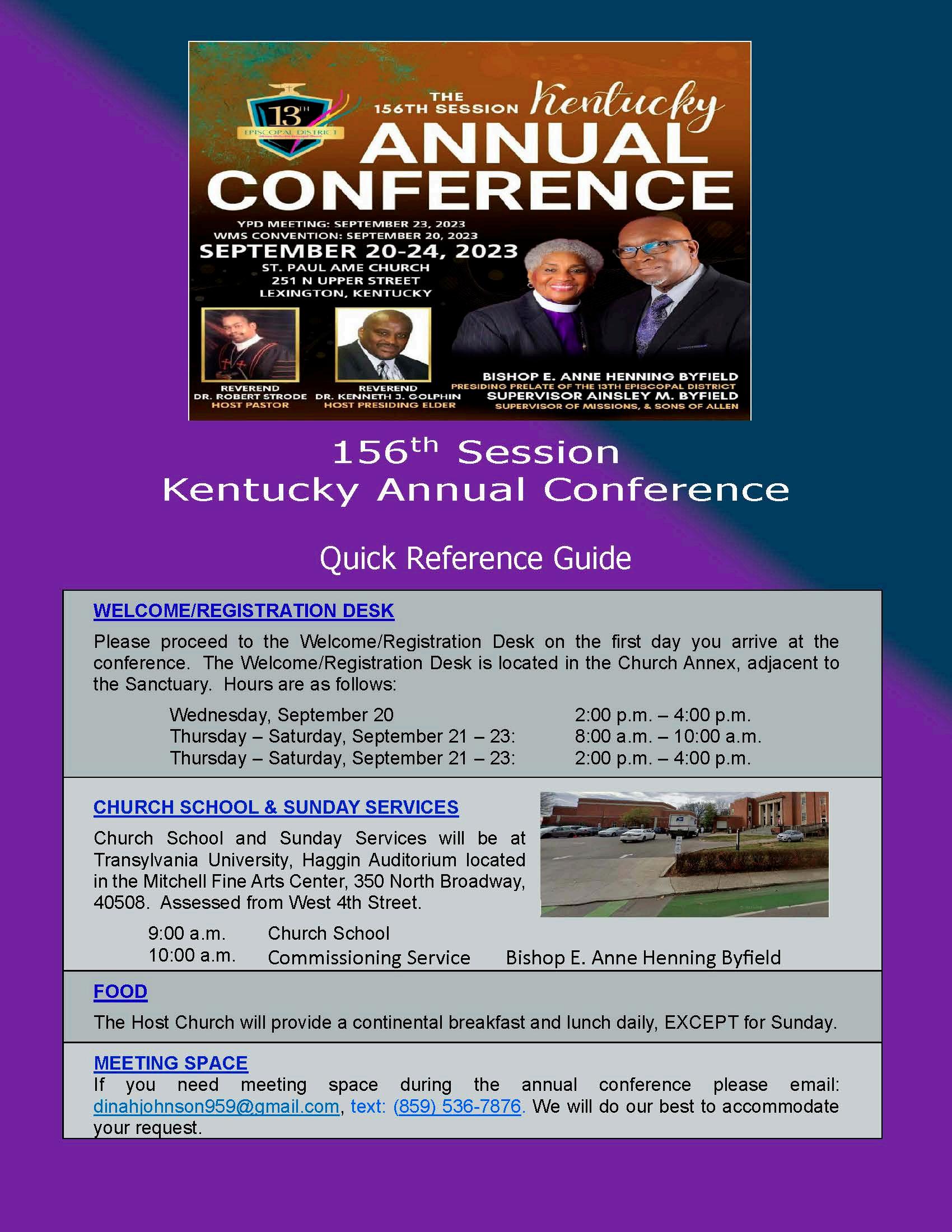
64
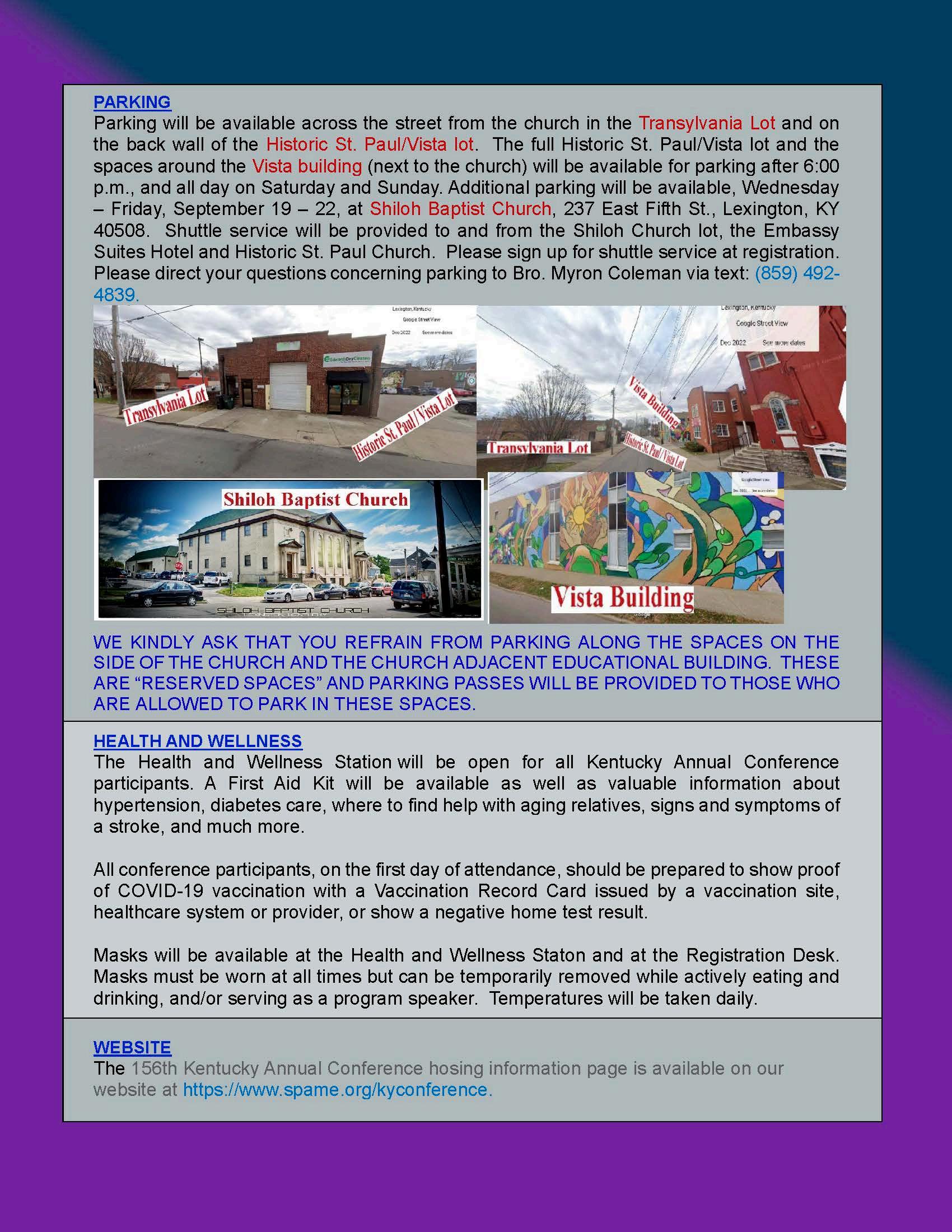
65
Annual Conference Schedule 156 th Session
Kentucky Annual Conference
Tuesday
9:30 am Presiding Elders meet with Bishop
12:00 pm Lunch
2:00 pm Mee�ngs with Bishop
Finance Commitee
Board of Examiners Conference Trustees
Wednesday
9:00 am Opening WMS Conven�on
12:00 pm Lunch/Midday WMS
3:00 pm Annual Conference Opening Roll Call
Organiza�on of Annual Conference
5:00 pm Dinner Break
7:00 pm Opening Worship Service
Thursday
8:45 am Praise Prepara�on (BOE Candidates)
9:00 am Business Mee�ng (con�nues)
Board of Examiners Report Electoral College
11:00 am Thursday Hour of Power Worship
12:00 pm Lunch Break
2:00 pm Business Mee�ng (con�nues)
Presiding Elders Reports
Pastors’ Reports
5:00 pm Dinner Break
7:00 pm Lay Witness Worship
Friday
8:45 am Praise Prepara�on (BOE Candidates)
9:00 am Conference Ins�tute - Friday
10:00 am Business Mee�ng (con�nues)
Pastor’s Report (con�nua�on)
Commitee and Literary Reports
12:00 pm Friday Hour of Power Worship (WIM)
1:00 pm Lunch Break
3:00 pm Business Mee�ng (con�nues)
Commitee and Literary Reports (con�nues)
5:00 pm Dinner Break
7:00 pm Evening Worship (Sons of Allen)
Saturday
7:45 am Praise Prepara�on (BOE Candidates)
8:00 am YPD Conven�on Opening
8:00 am Business Mee�ng (con�nues)
Unfinished Business/Disciplinary Ques�ons
11:30 am Break for Worship
12:00 pm WorshipMemorial/Re�rement/Ordina�on & Sacrament of Holy Communion
2:00 pm Lunch Break
4:00 pm YPD Celebra�on Service
(The En�re Conference Celebrates with them)
7:00 pm Dinner Cruise (ETN Only)
Sunday
9:00 am Conference Church School
10:00 am Commissioning Service
66
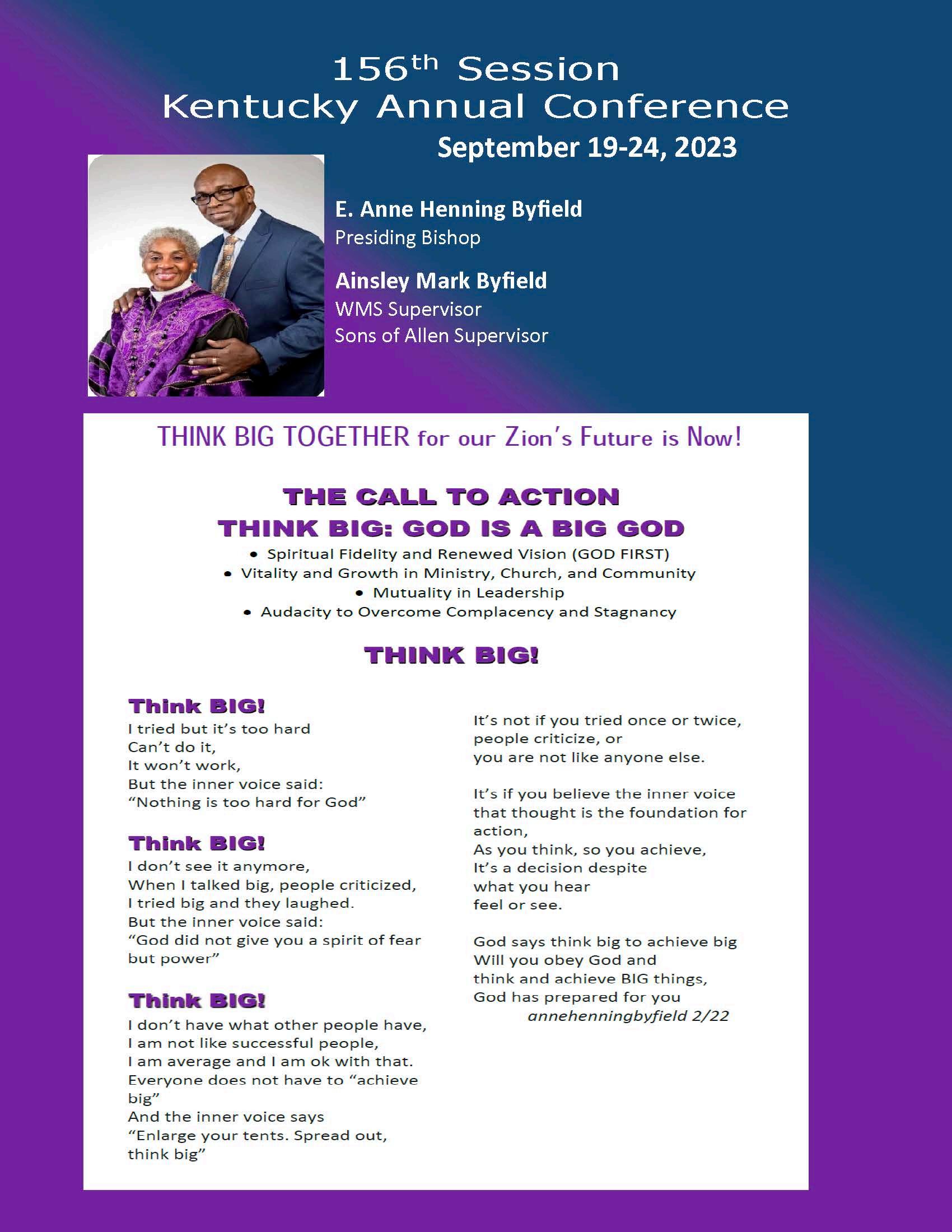
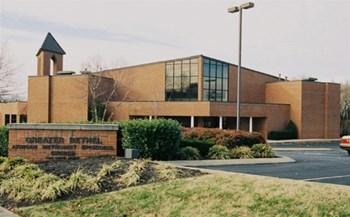
Congratulations and Best Wishes From Greater Bethel AME Church
South Street Nashville,
Rev.
C.
To
The Historic St.
As You Host the 156th
24
1300
TN
Byron
Moore, Pastor
Presiding Elder Kenneth J. Golphin and
Paul AME Church
Kentucky Annual Conference











 George Brown Jr.
Chair, Kentucky Black Legislative Caucus State Representative, District 77
George Brown Jr.
Chair, Kentucky Black Legislative Caucus State Representative, District 77






 Lexington-Fayette Urban County Government OFFICE OF THE MAYOR
Lexington-Fayette Urban County Government OFFICE OF THE MAYOR























 Rev. Dr. Stephanie M. Raglin
Rev. Dr. Stephanie M. Raglin





































































